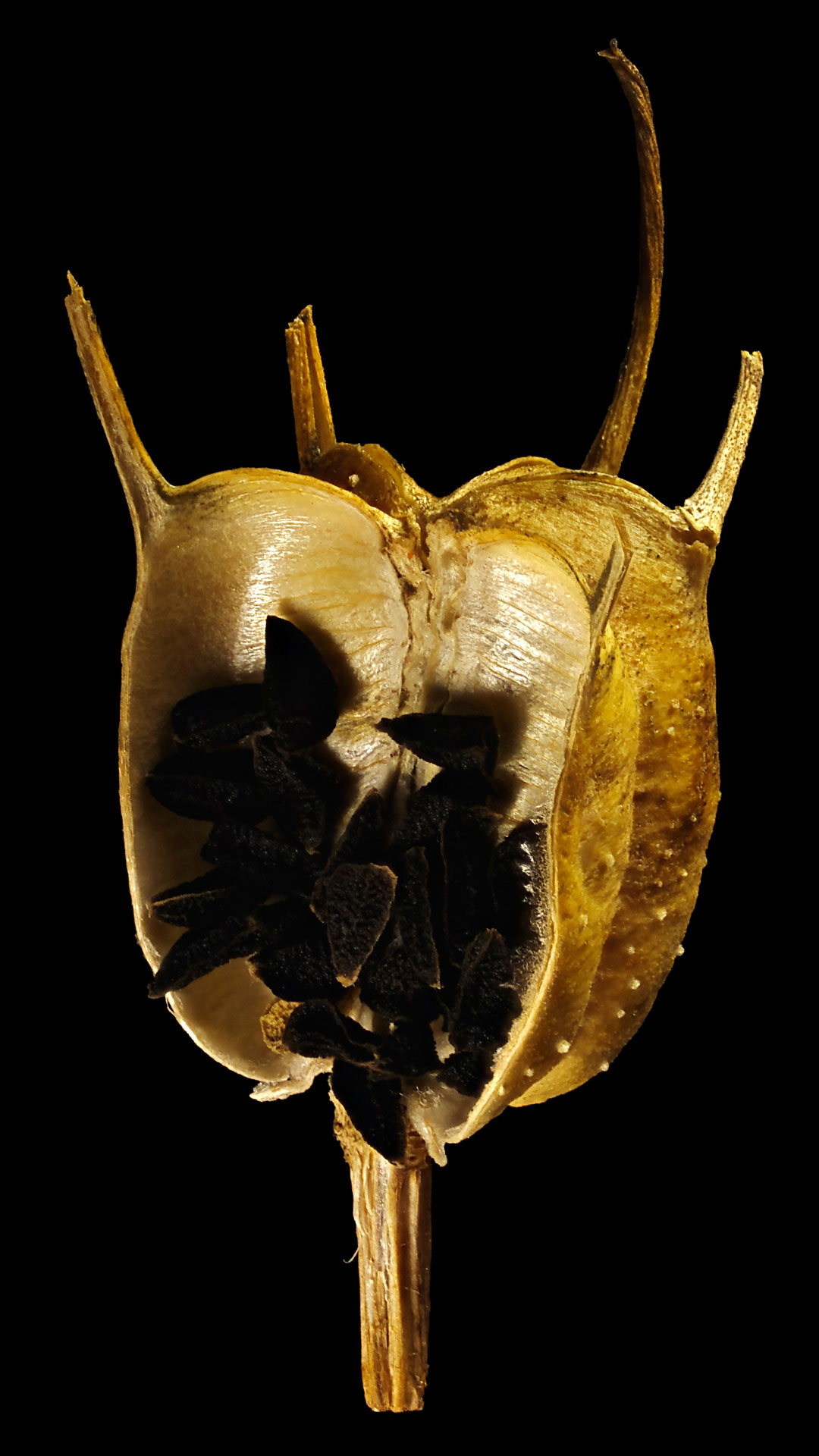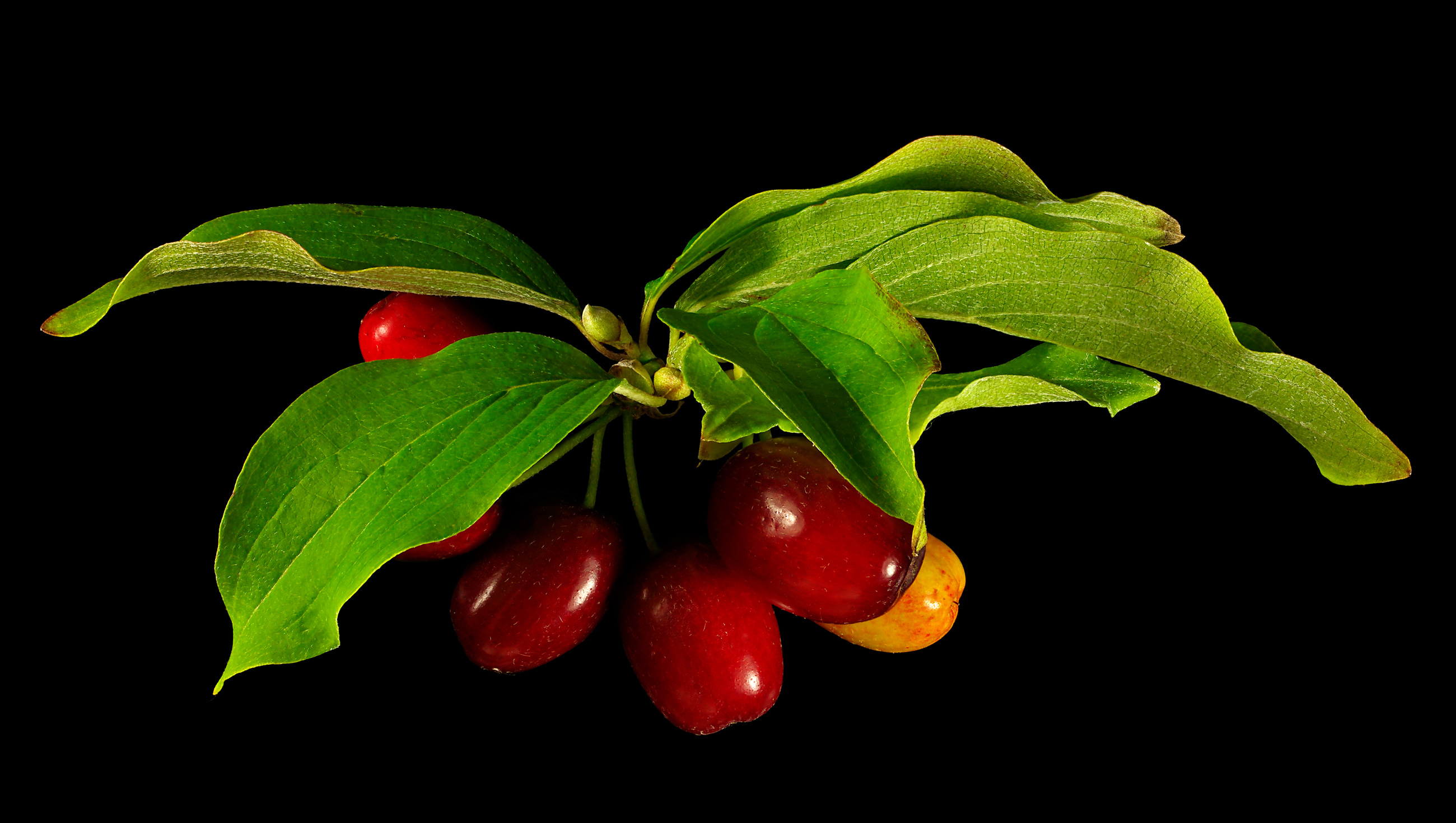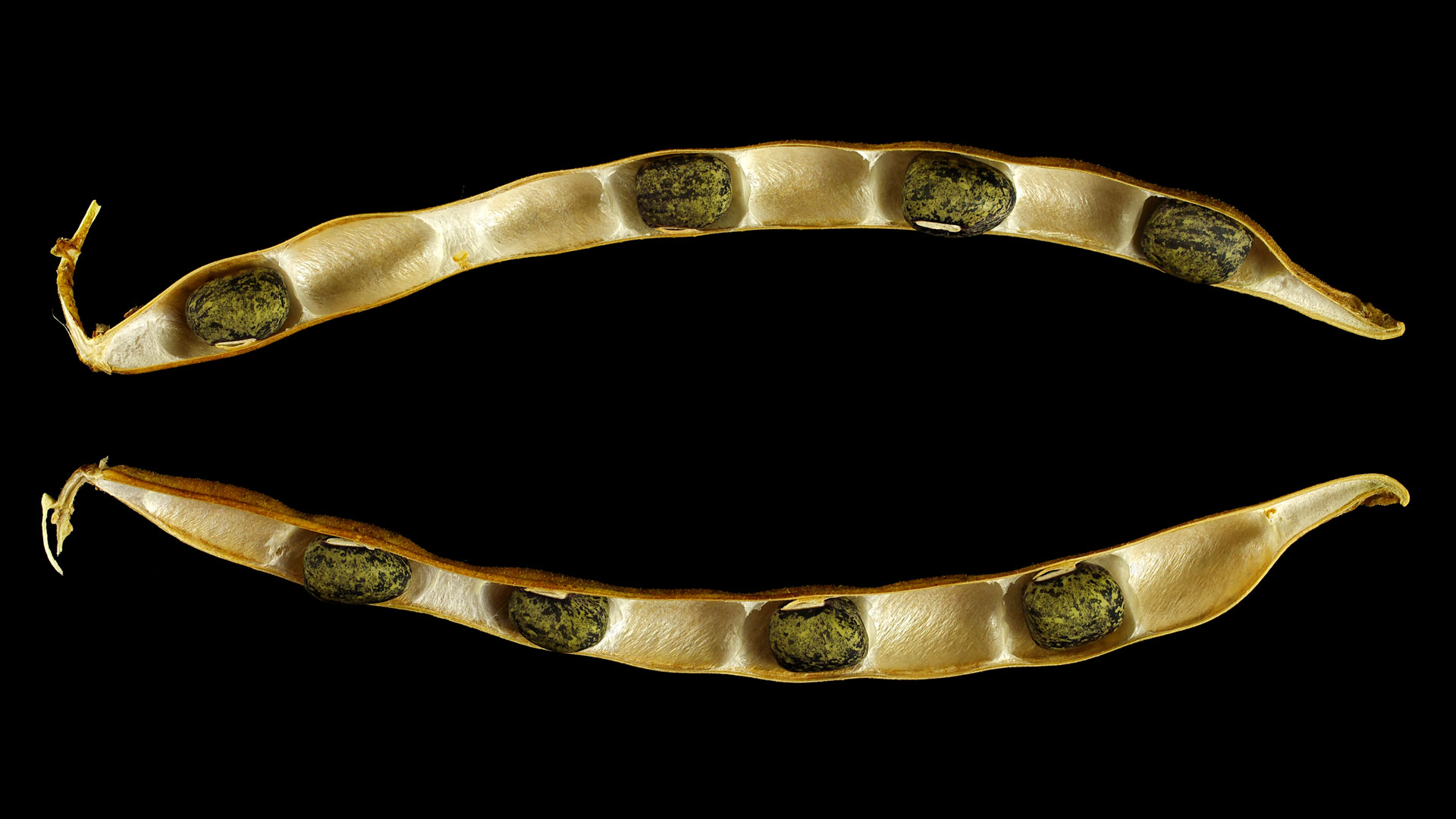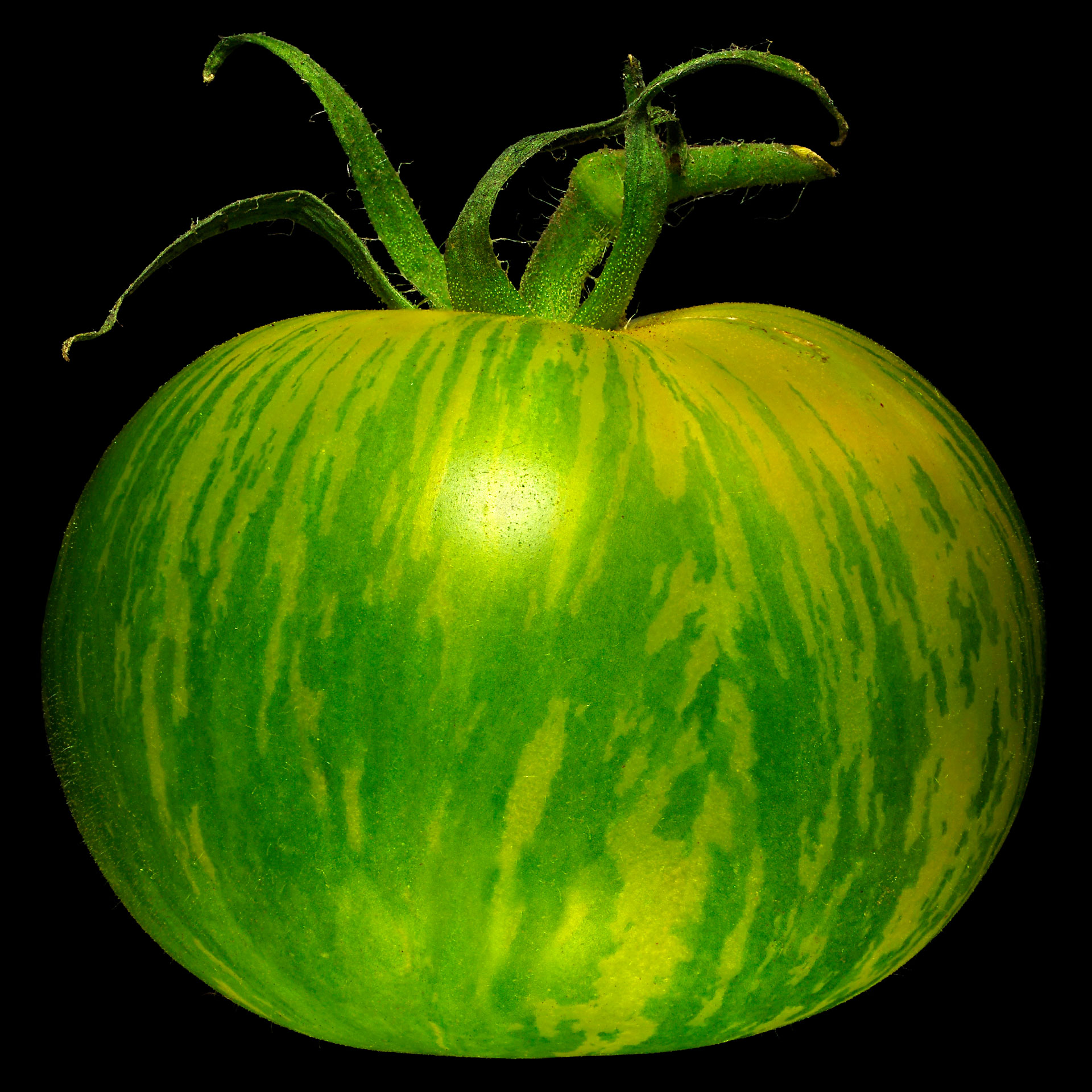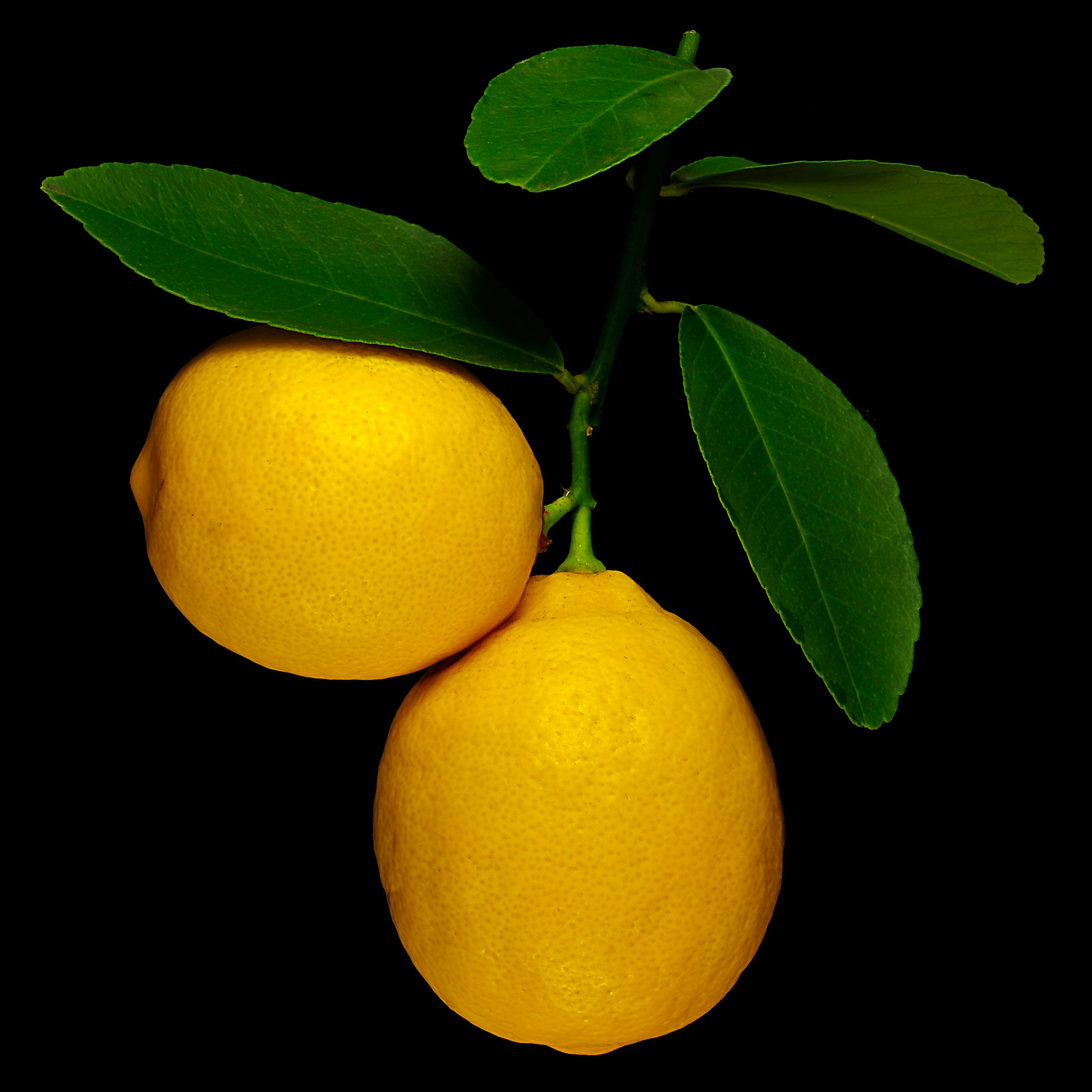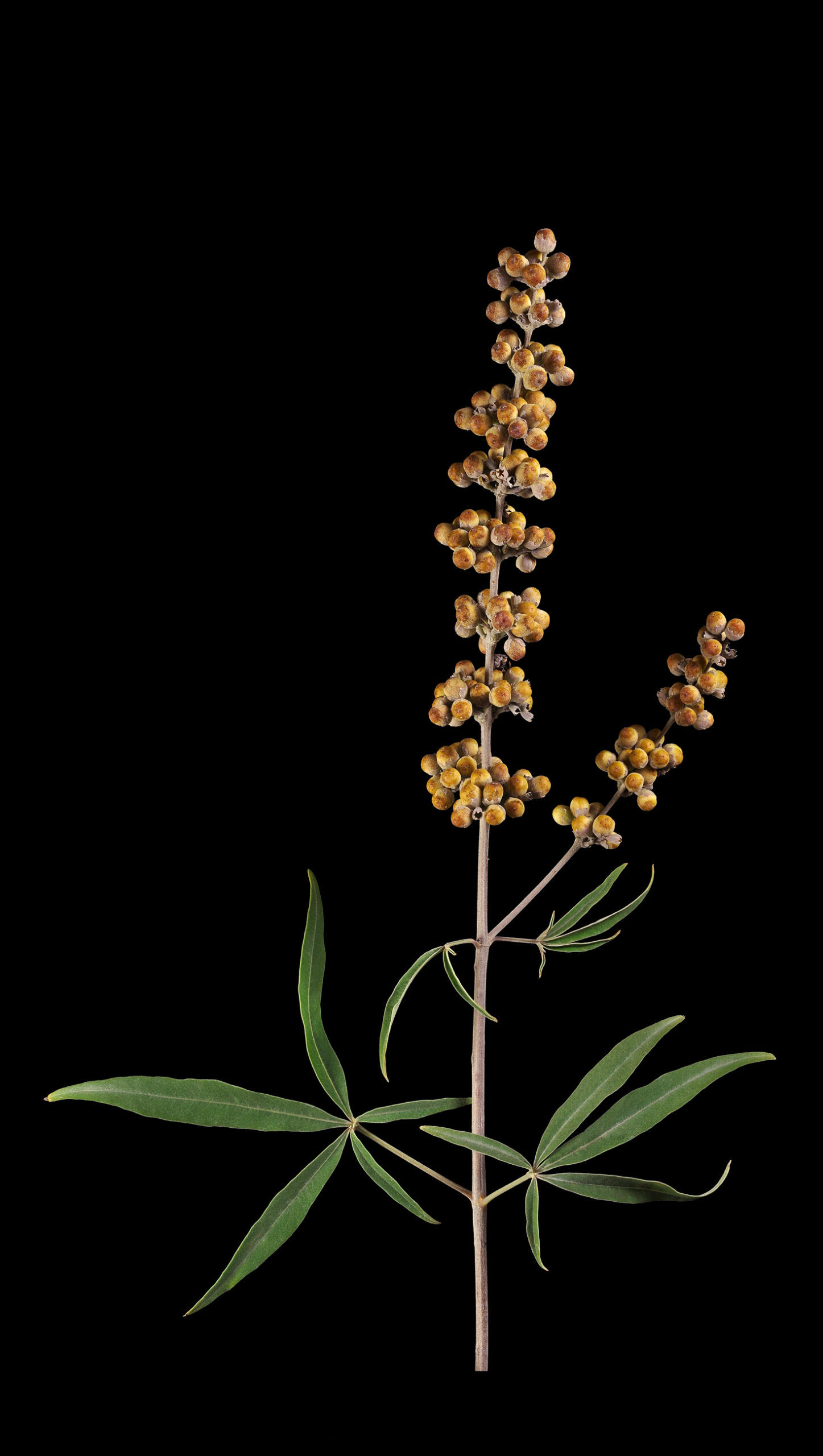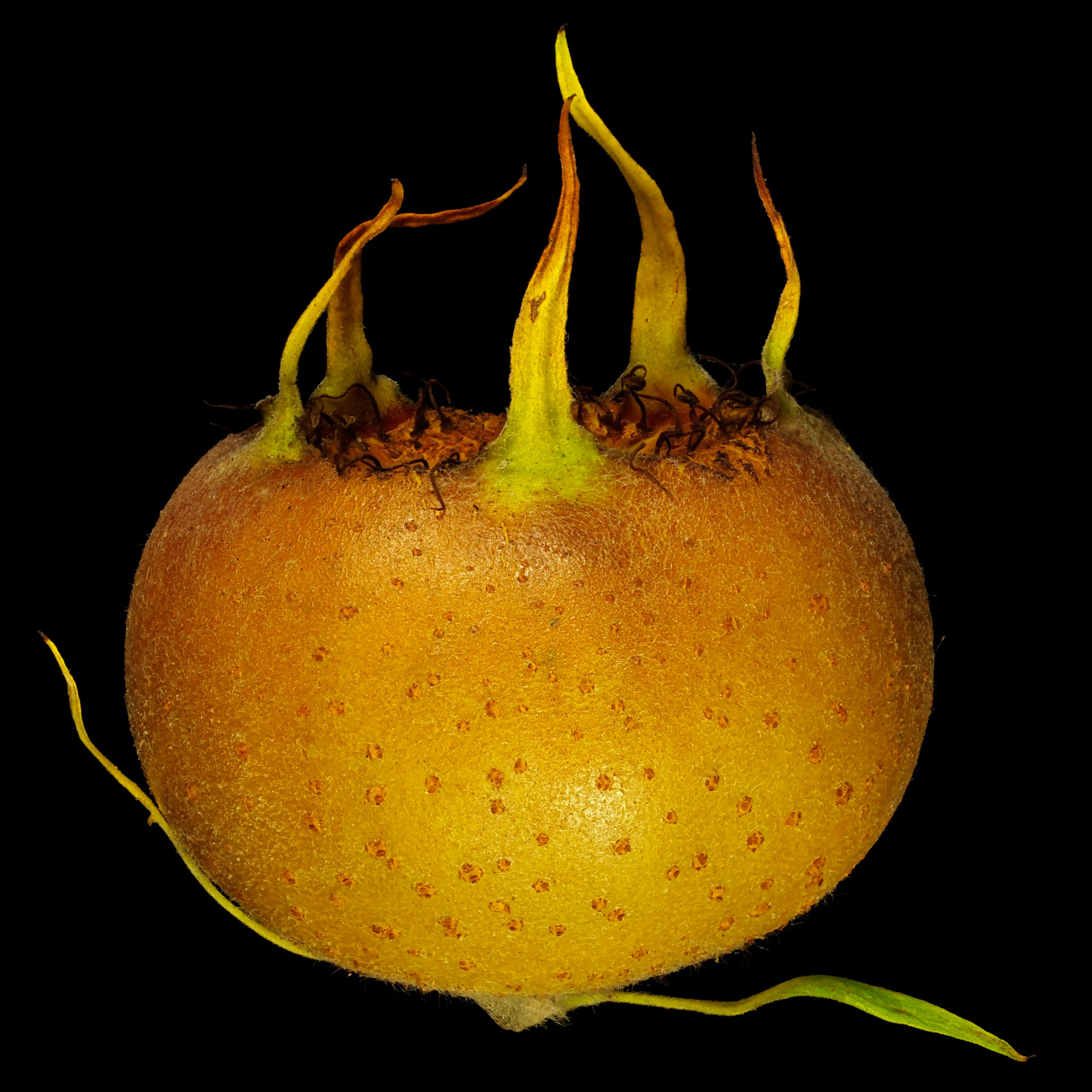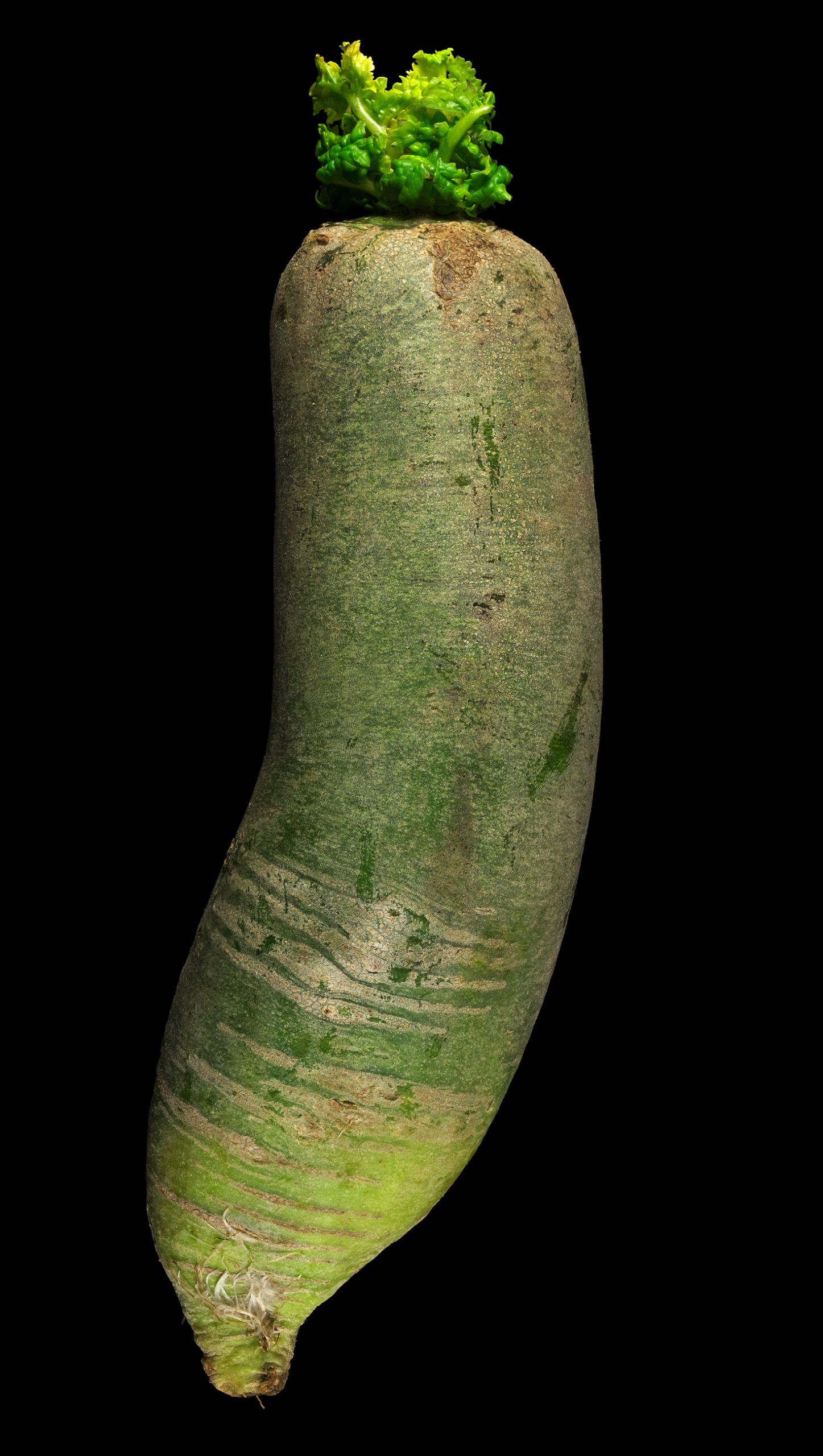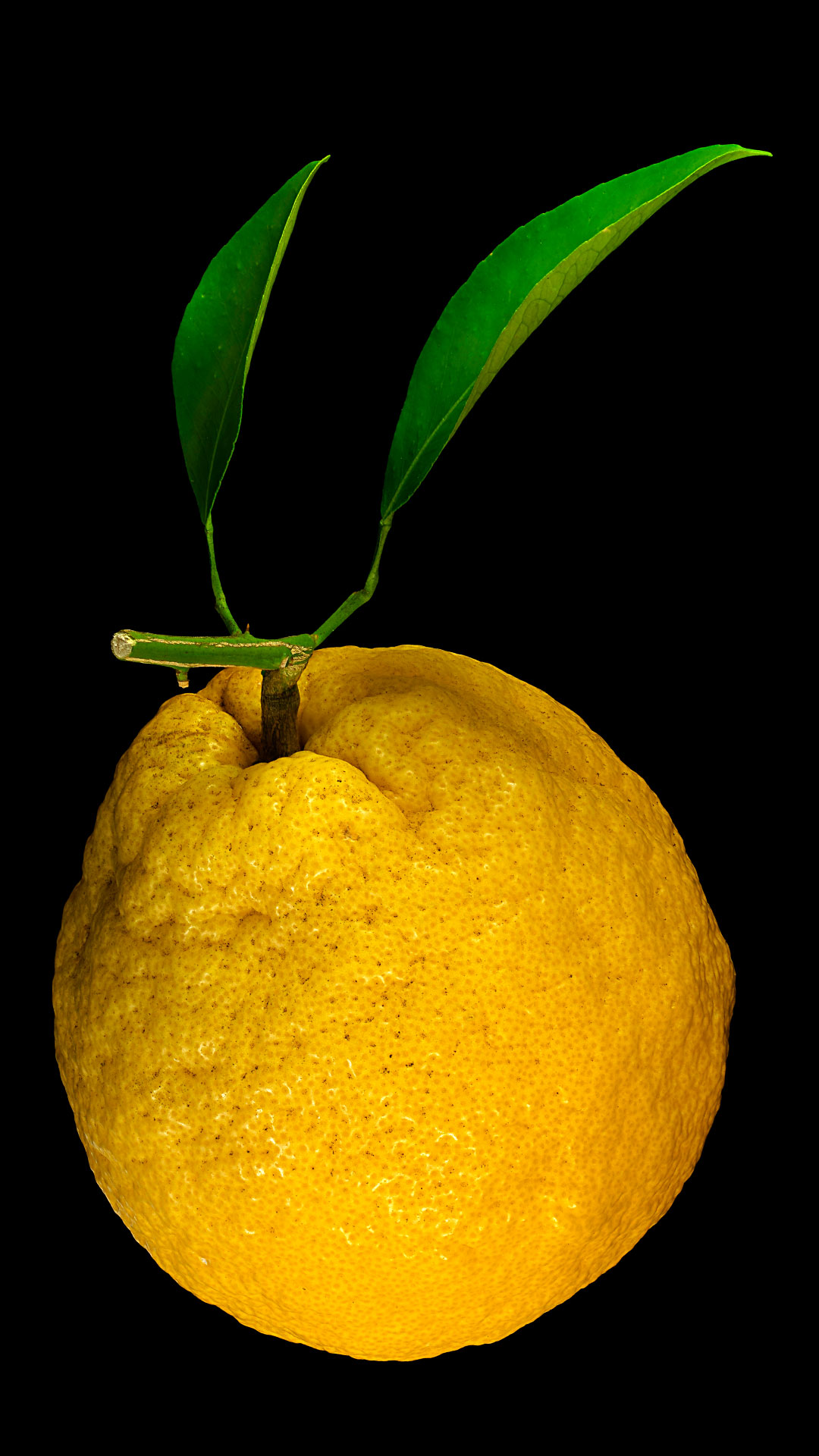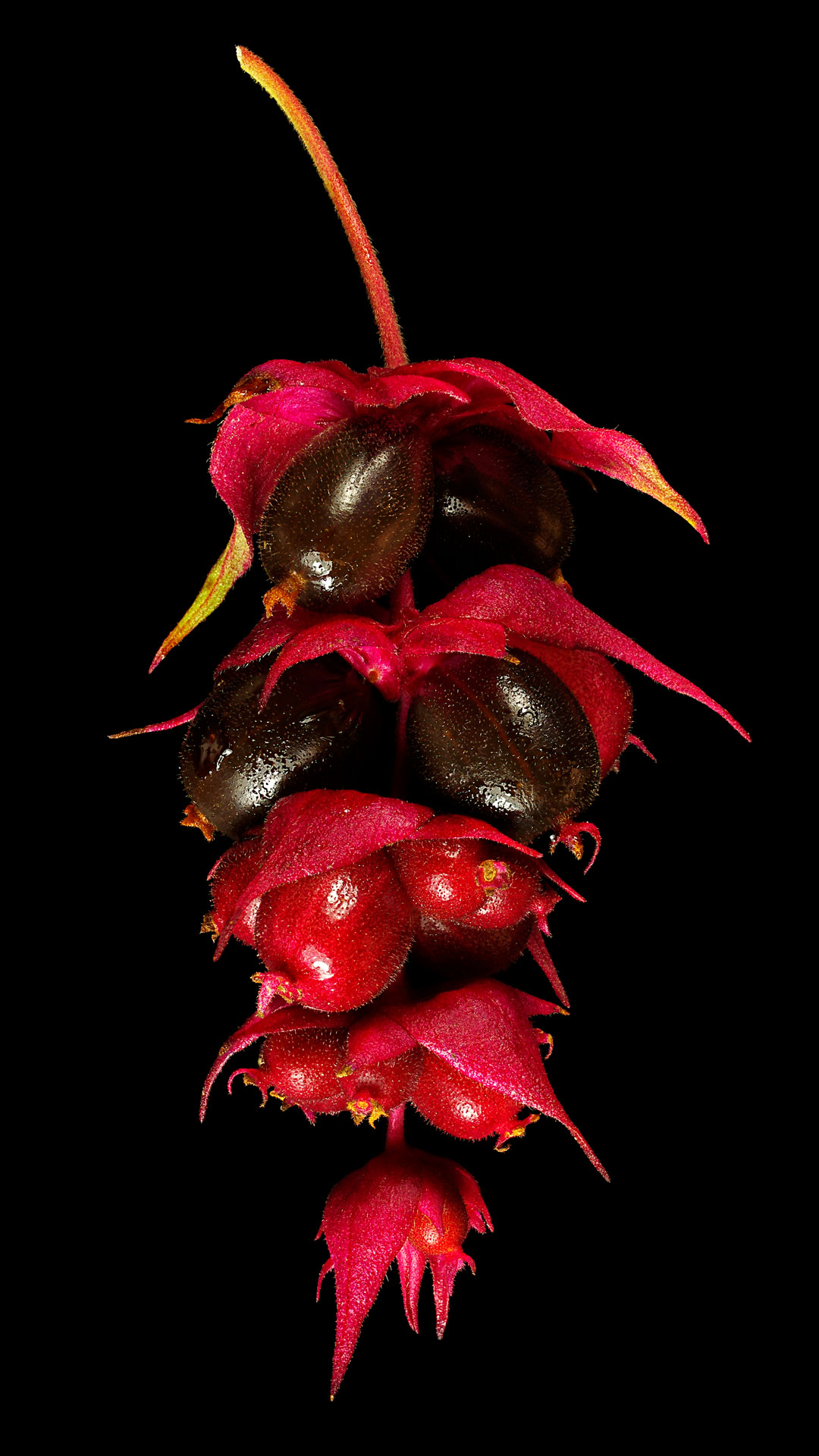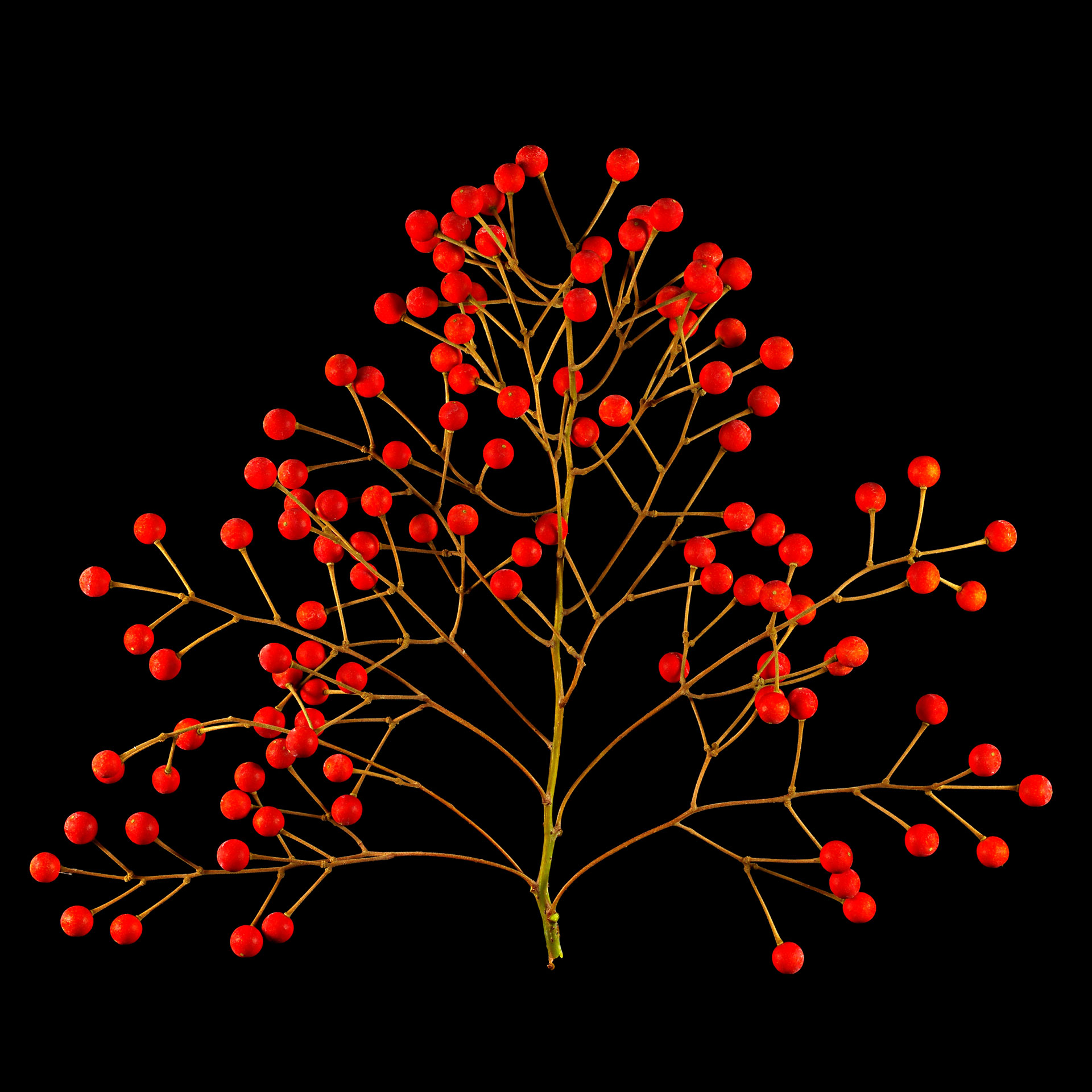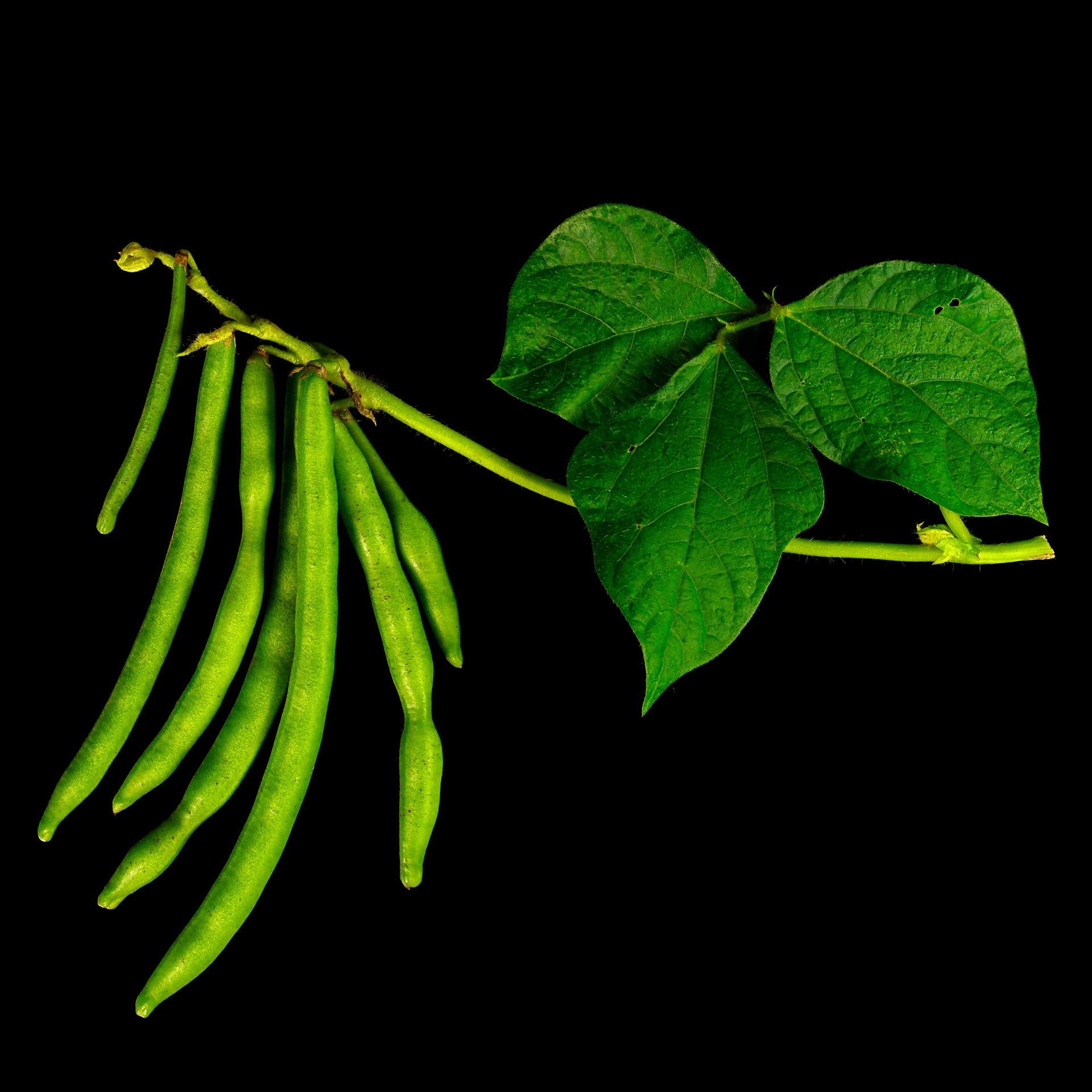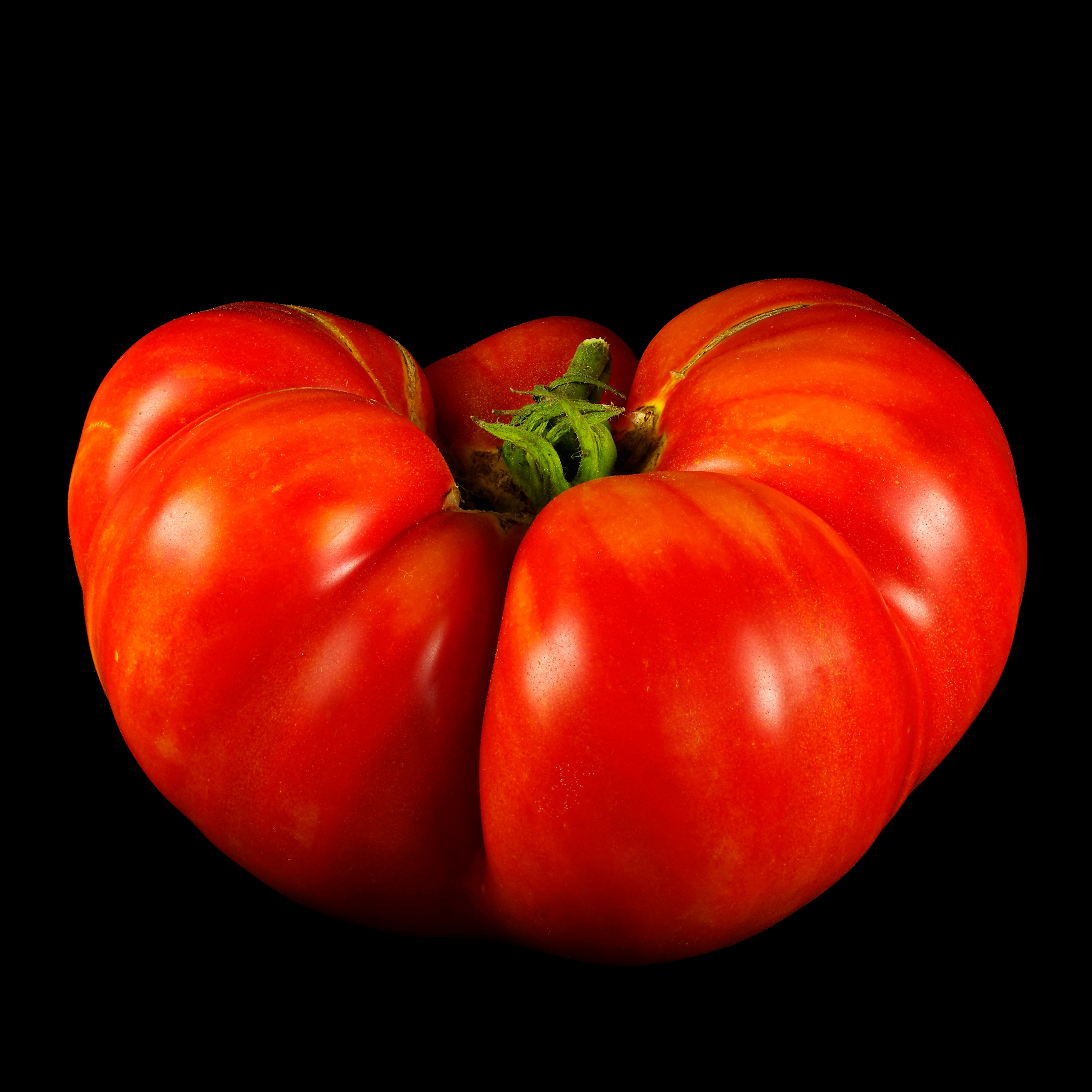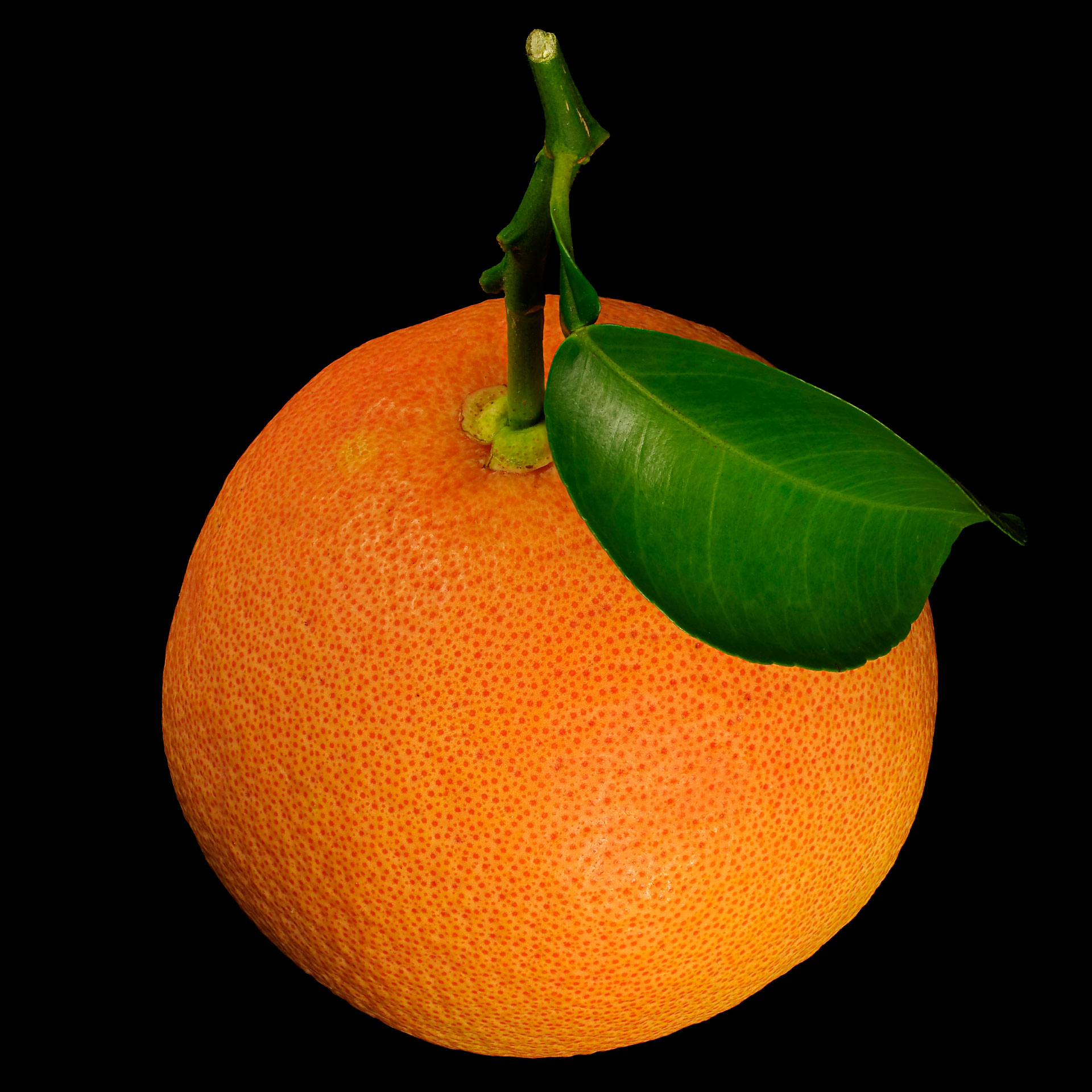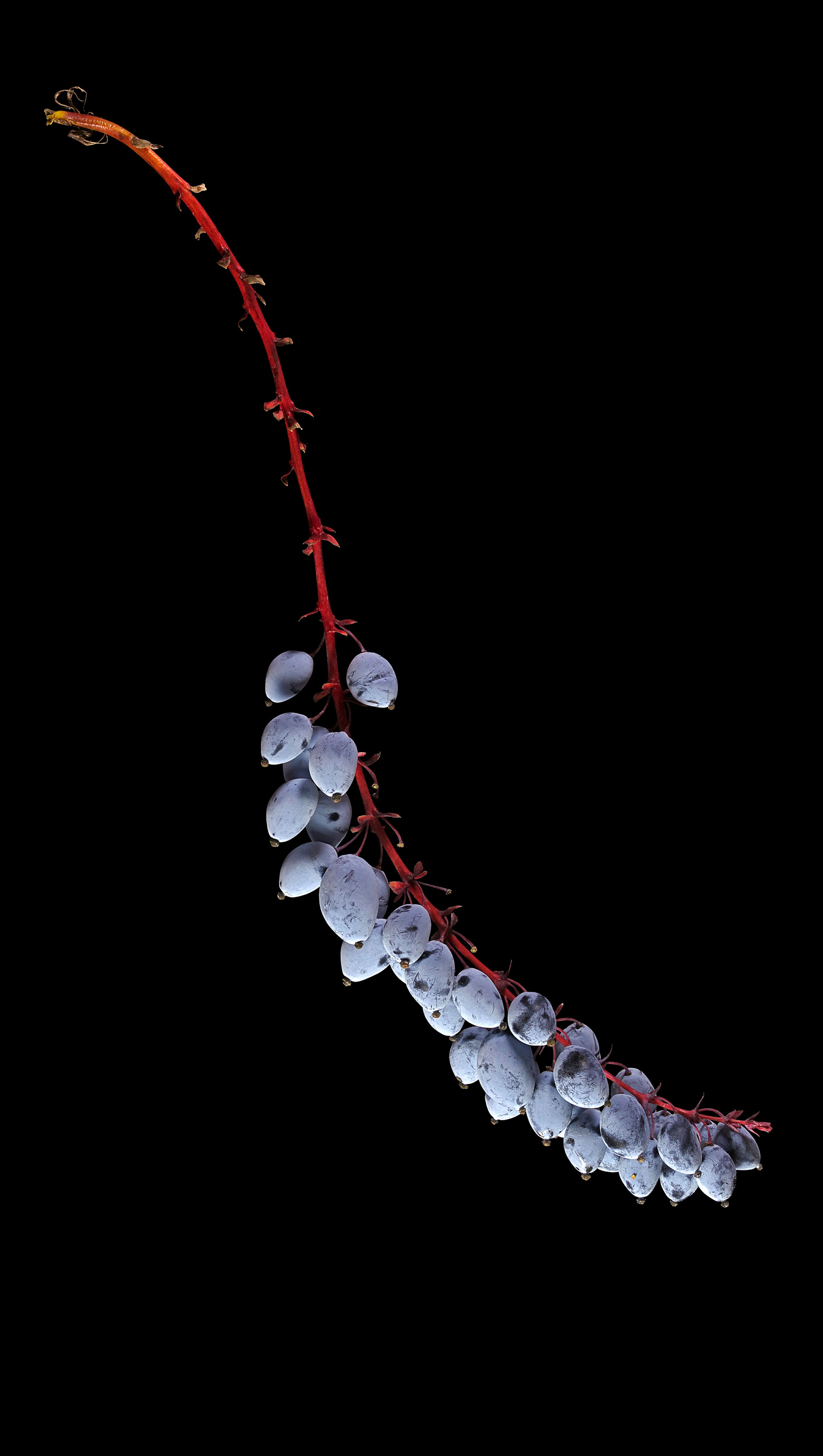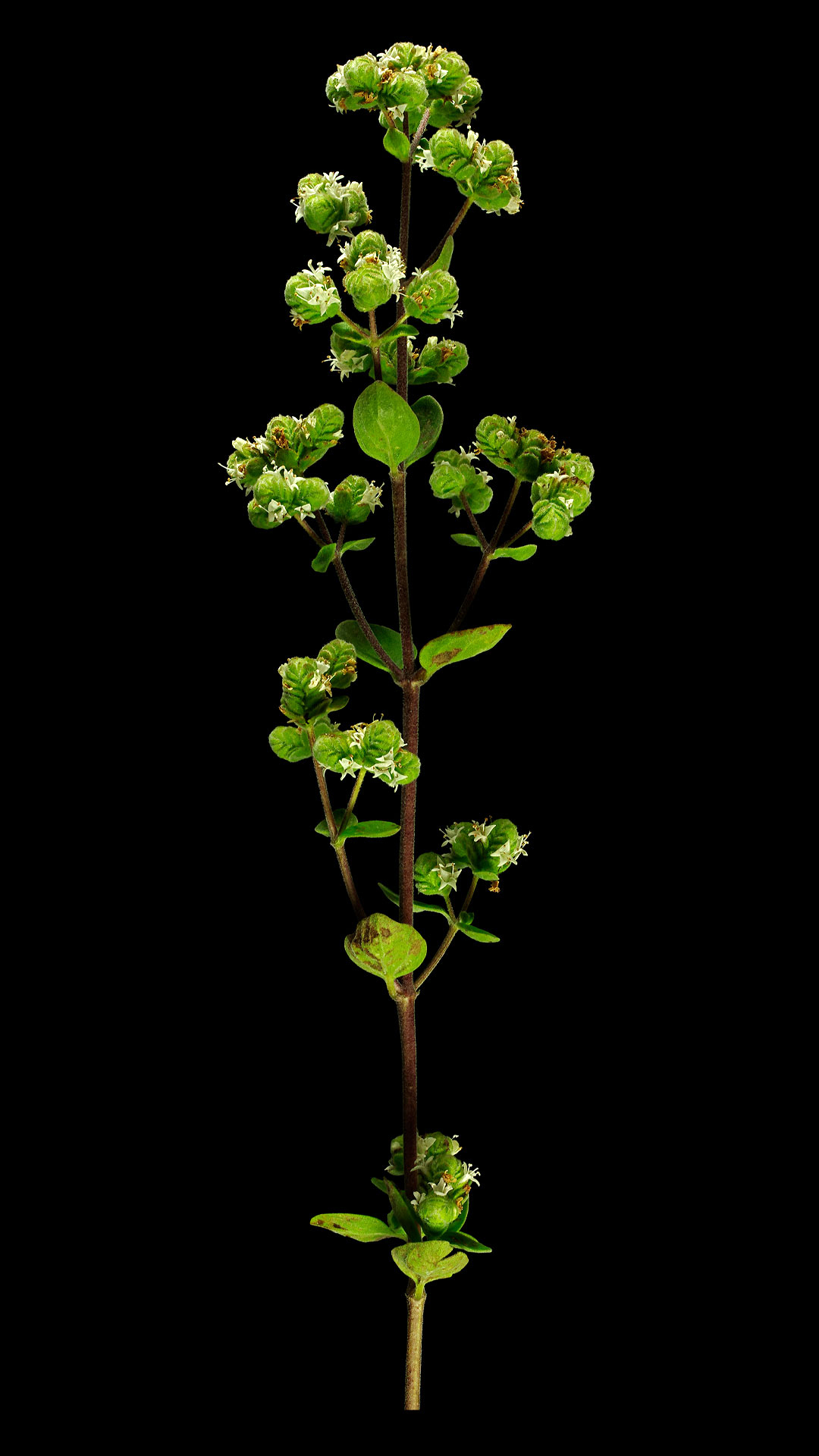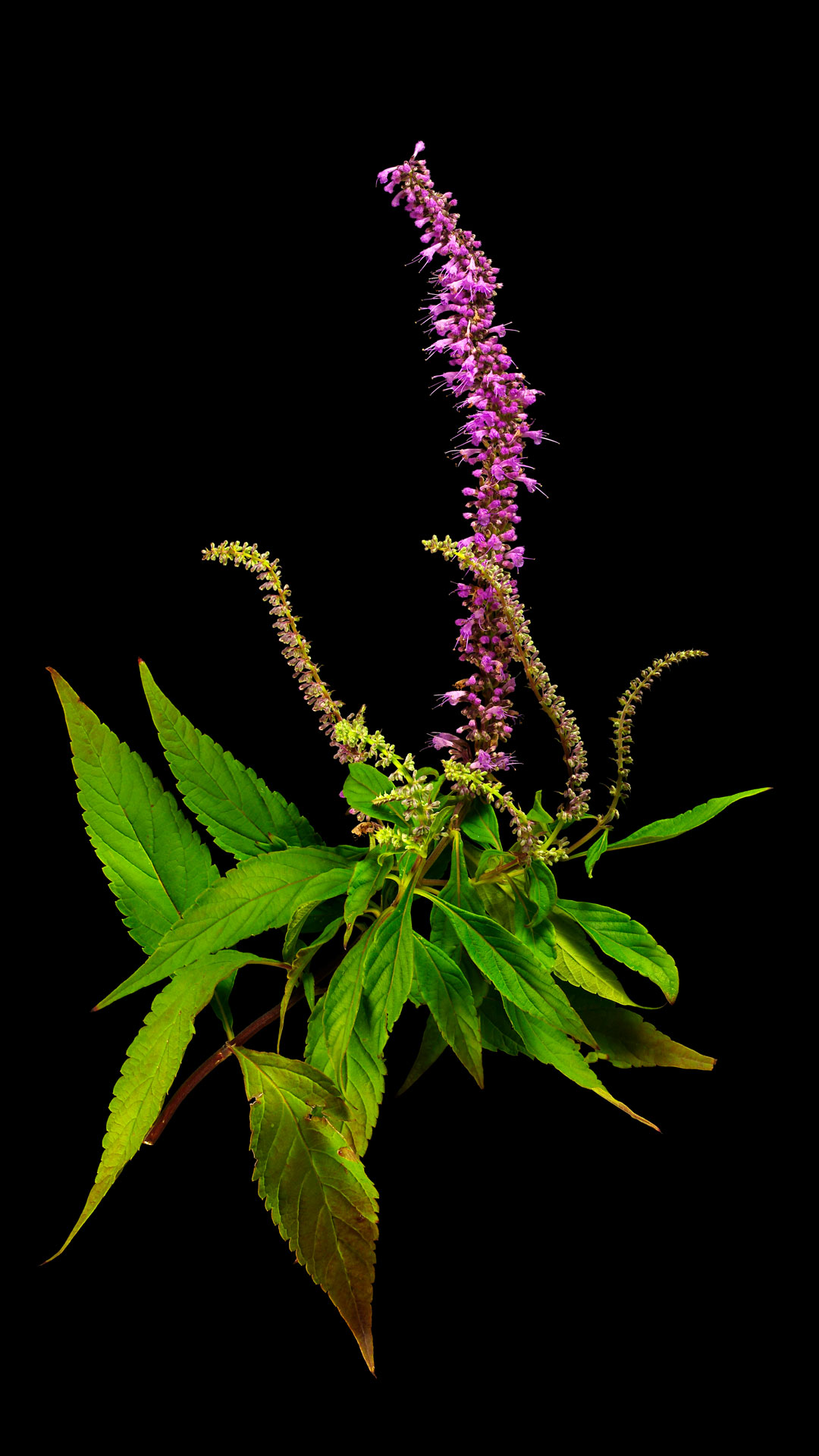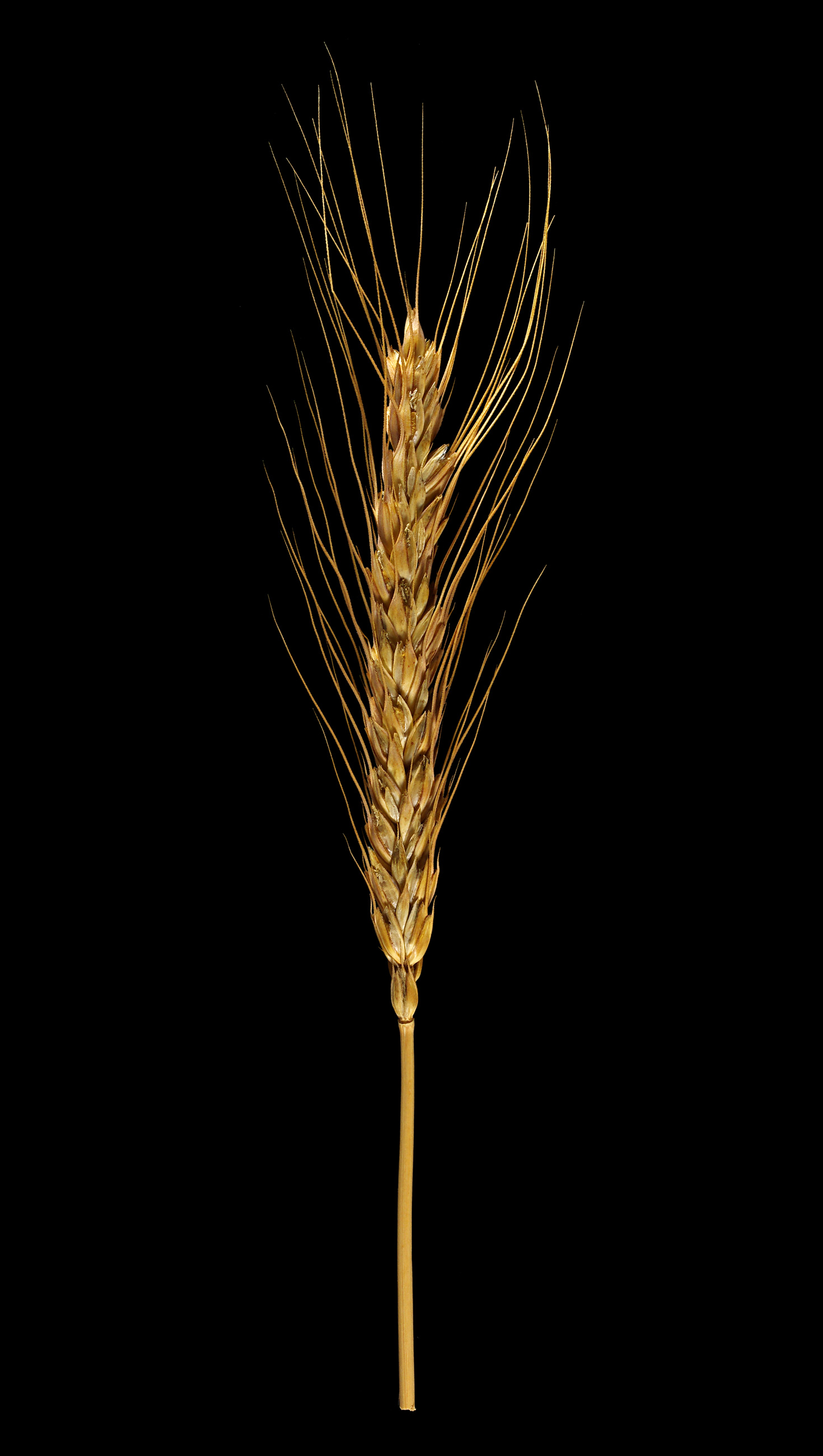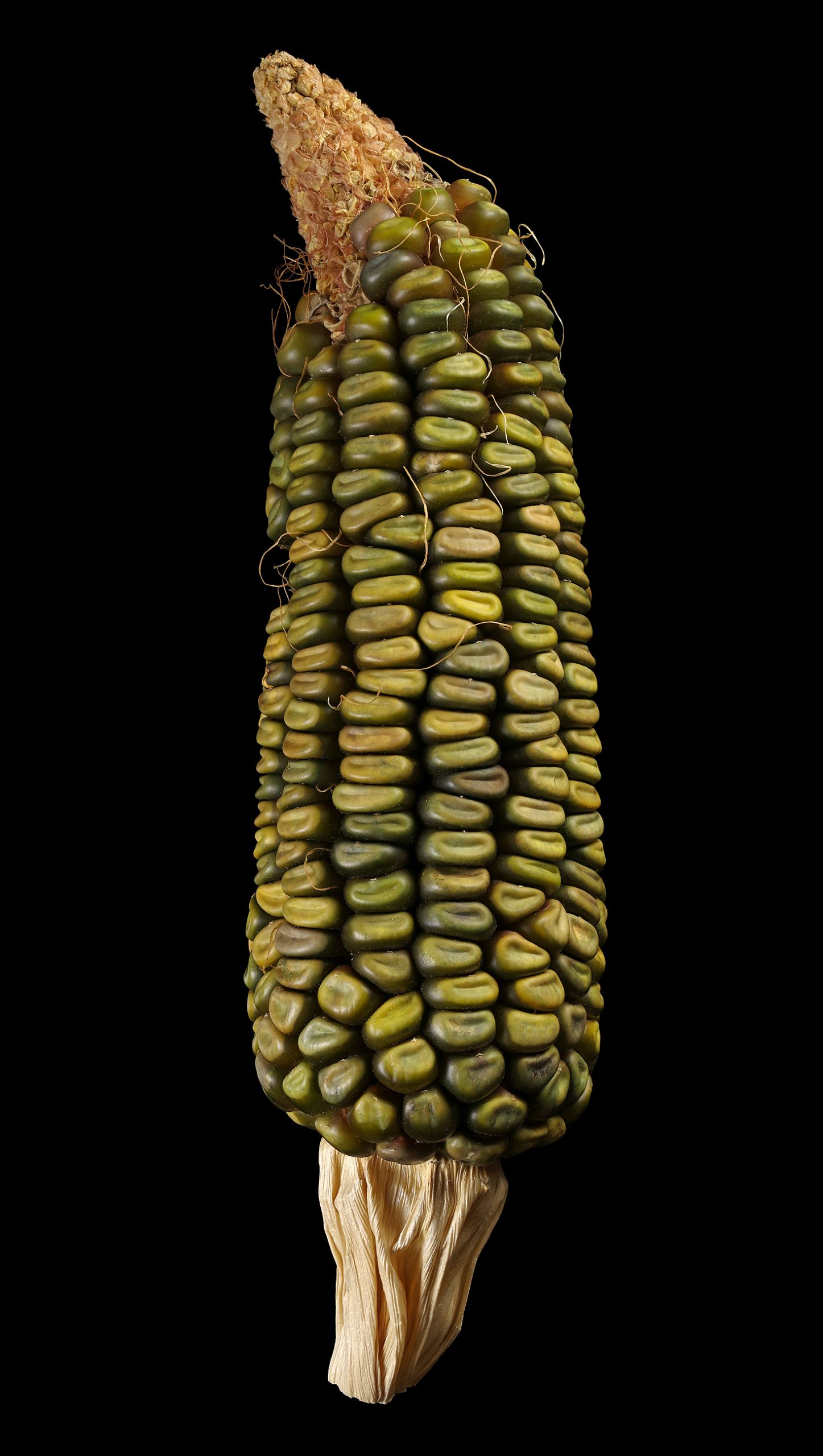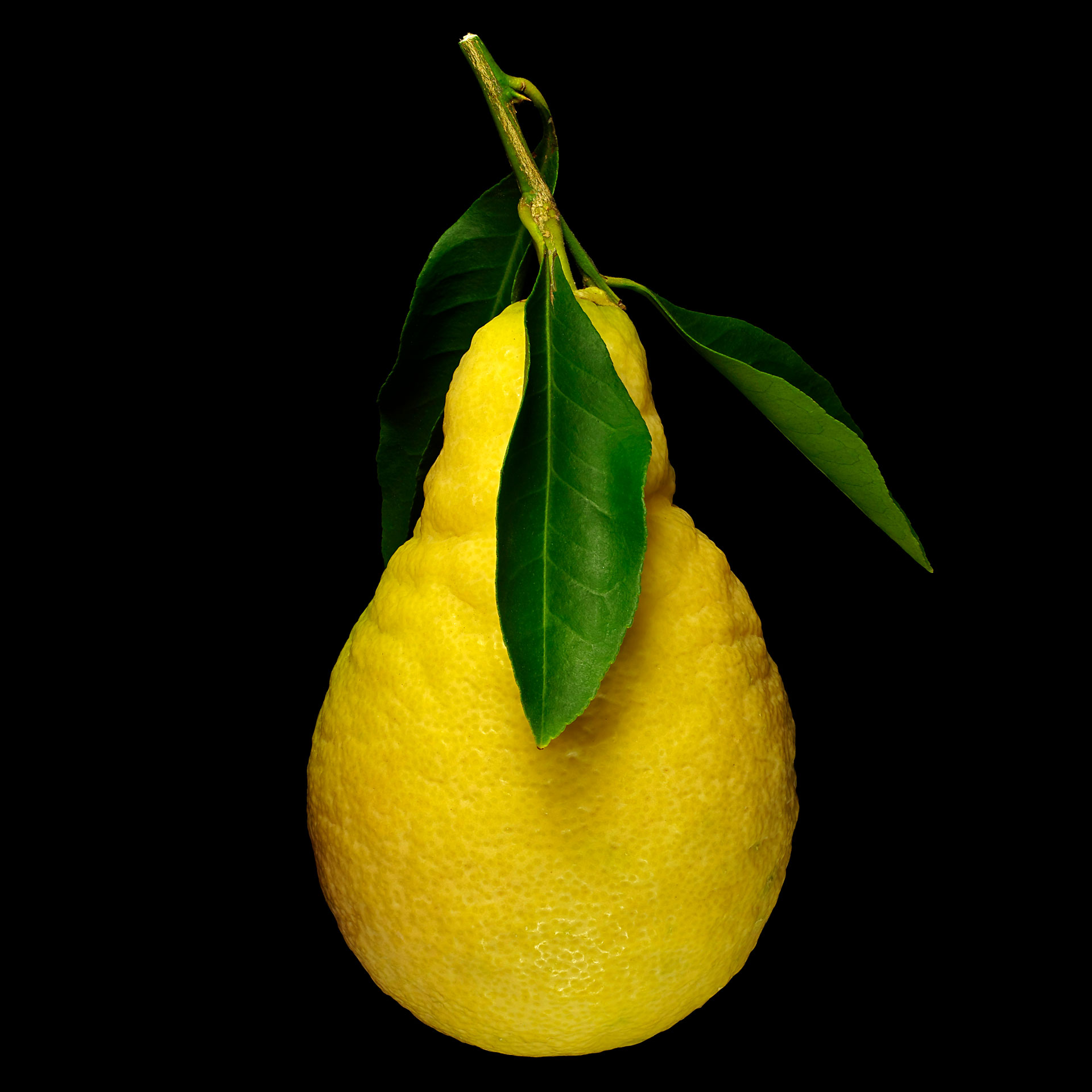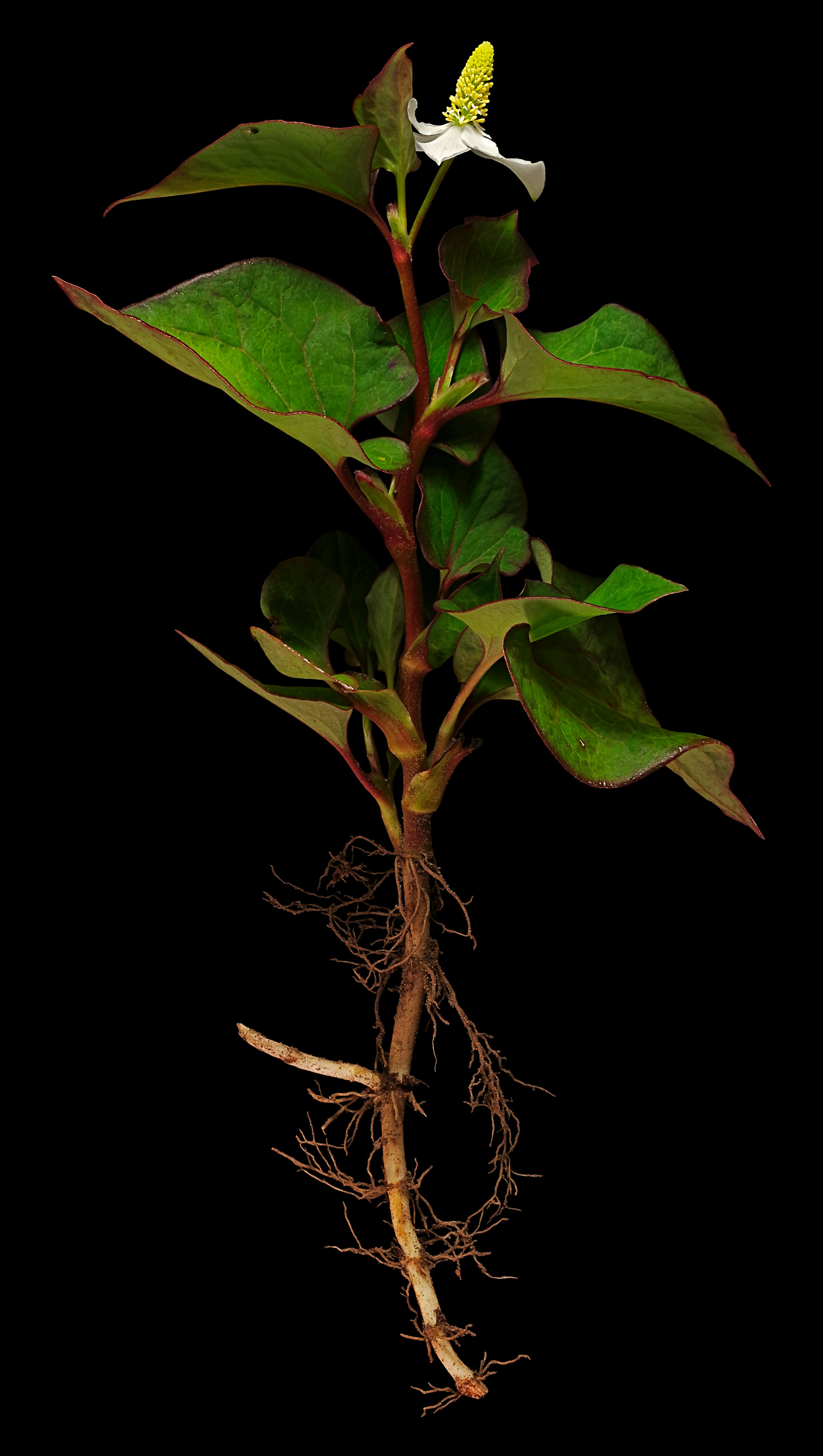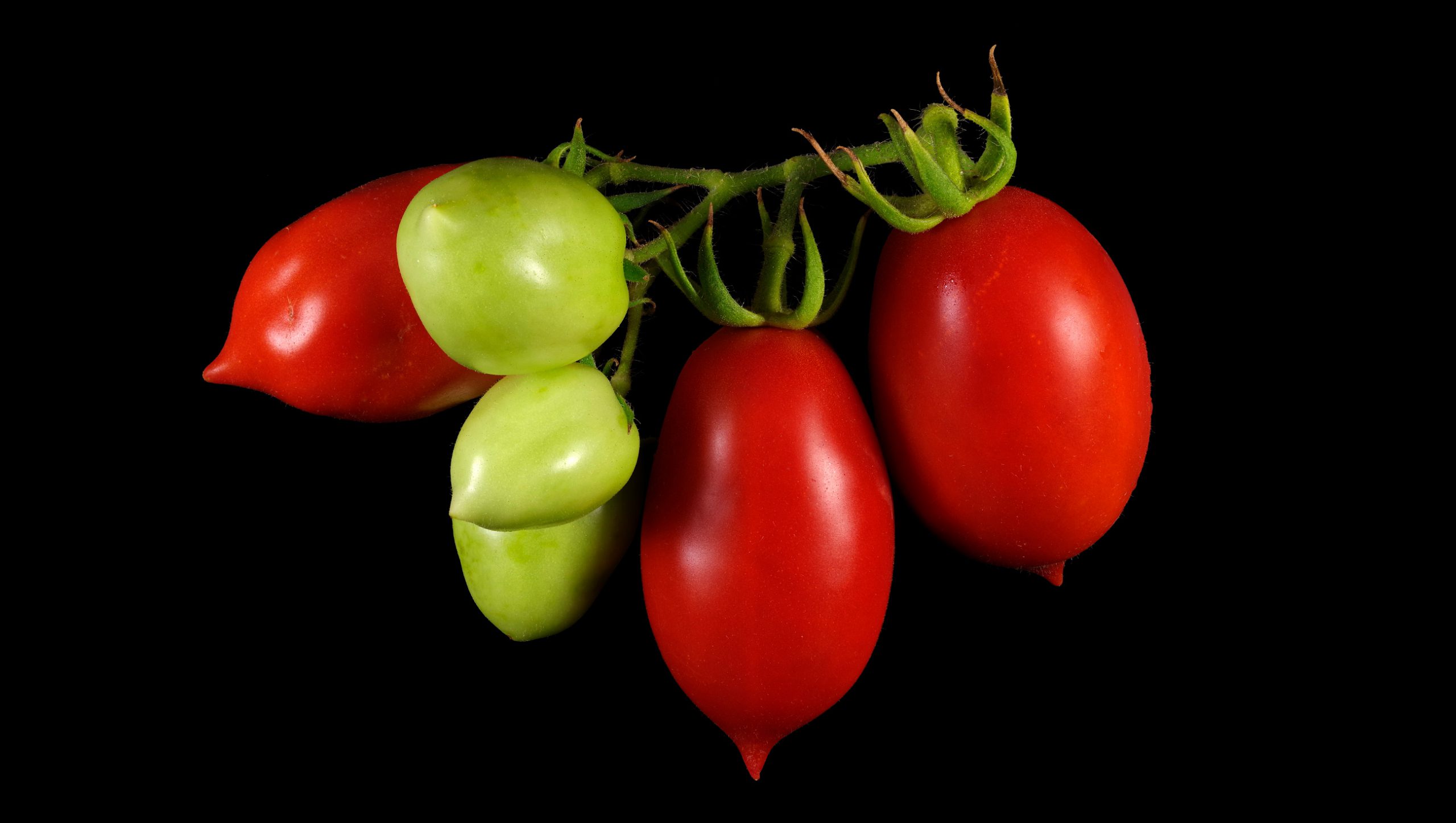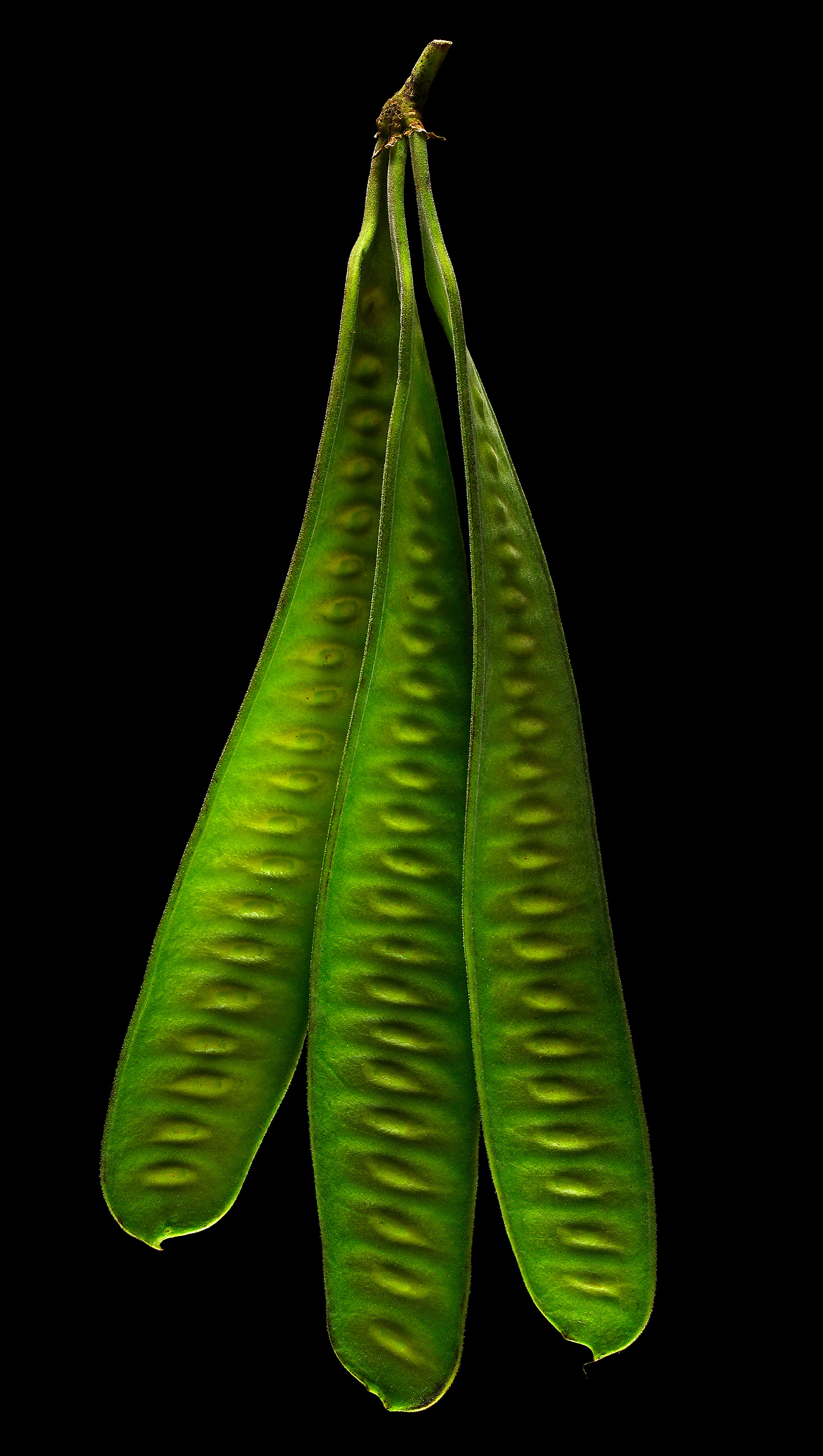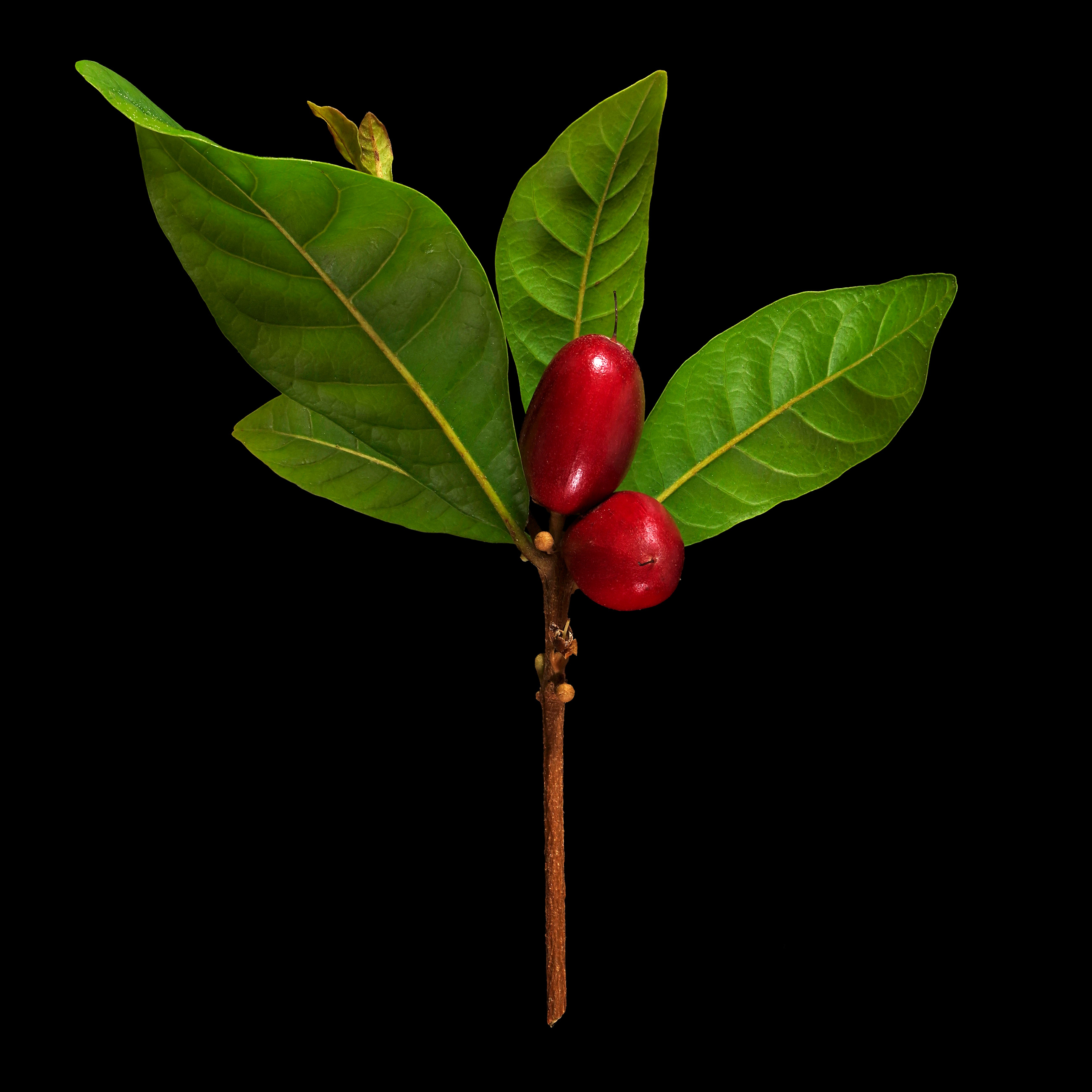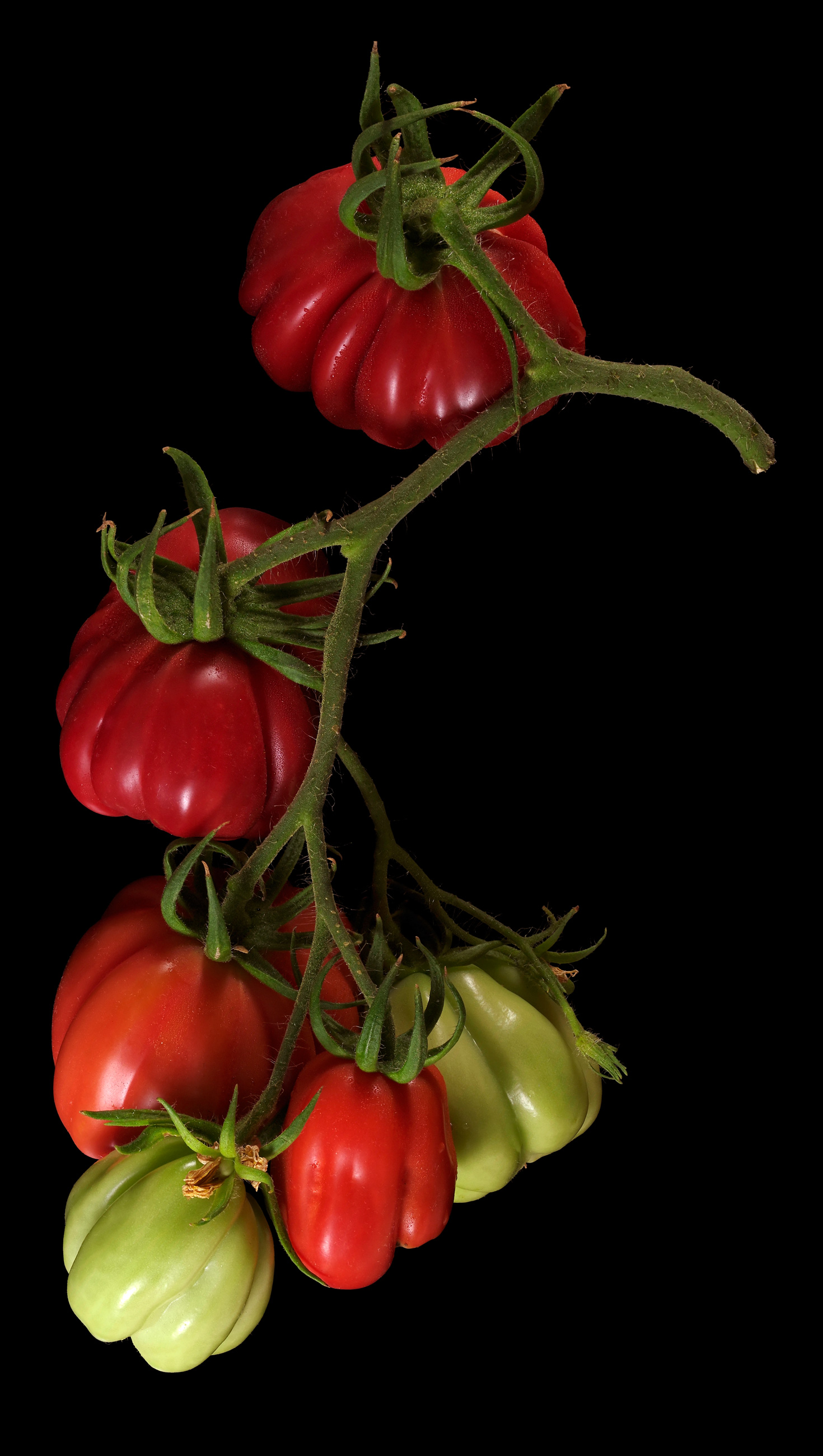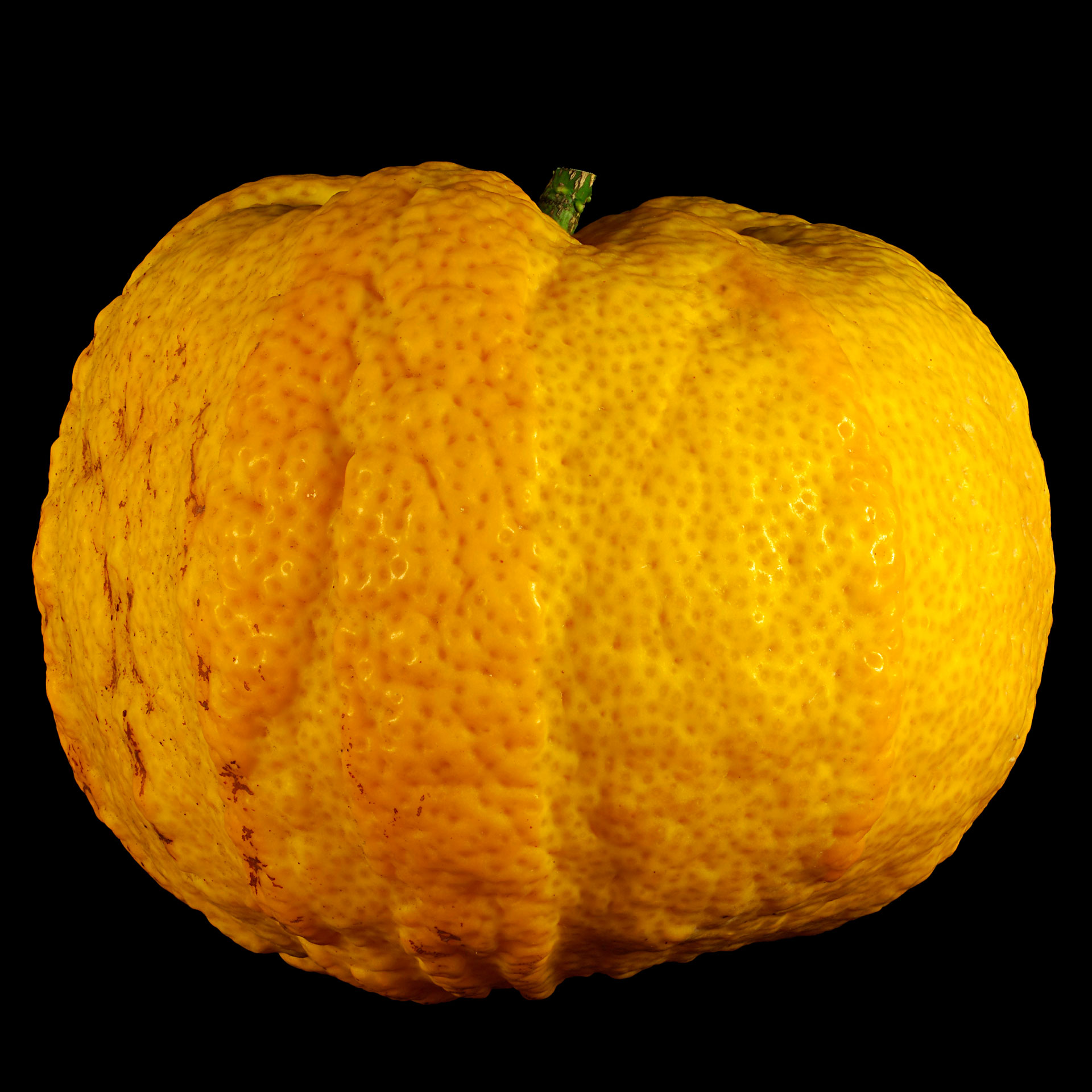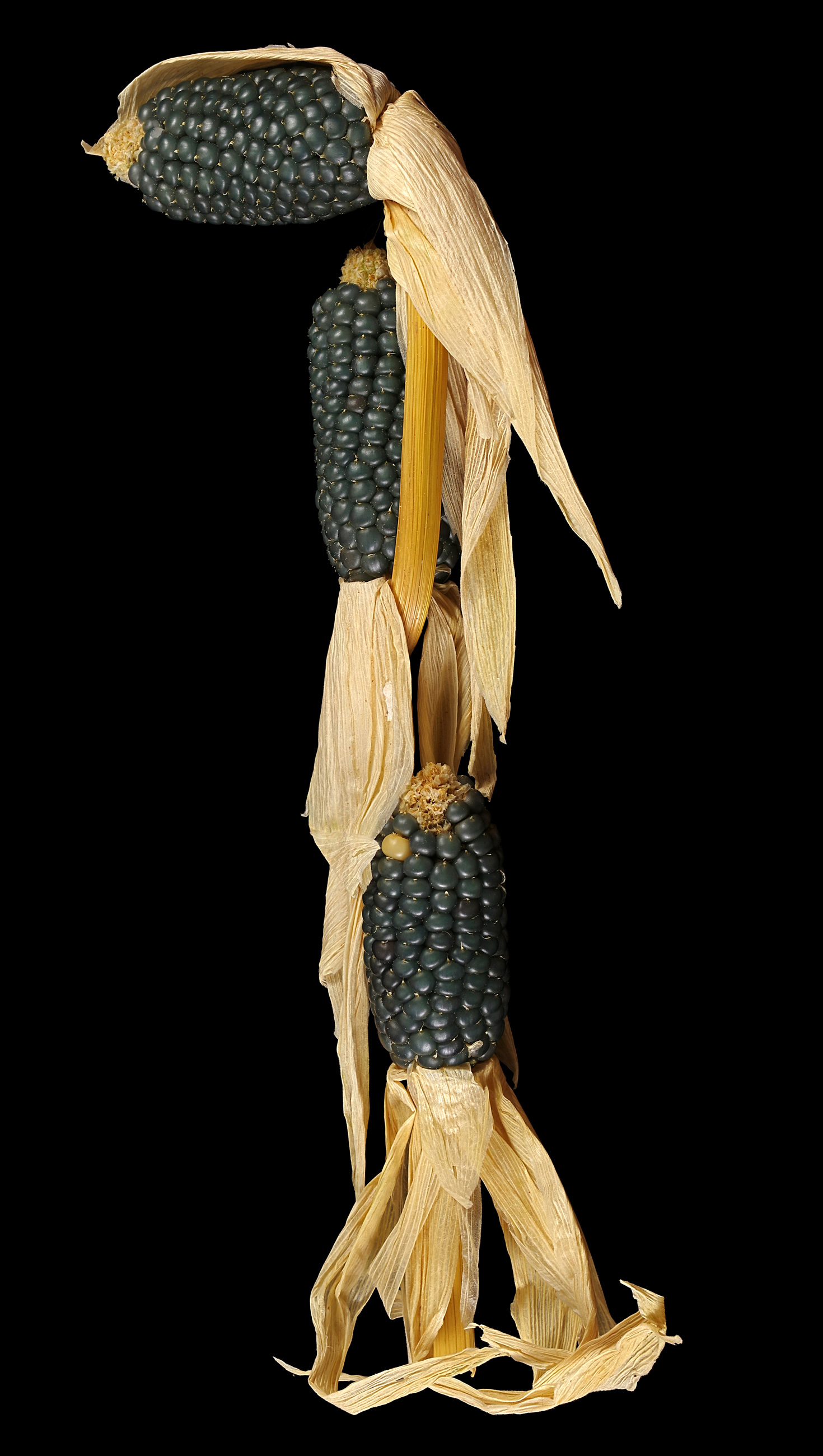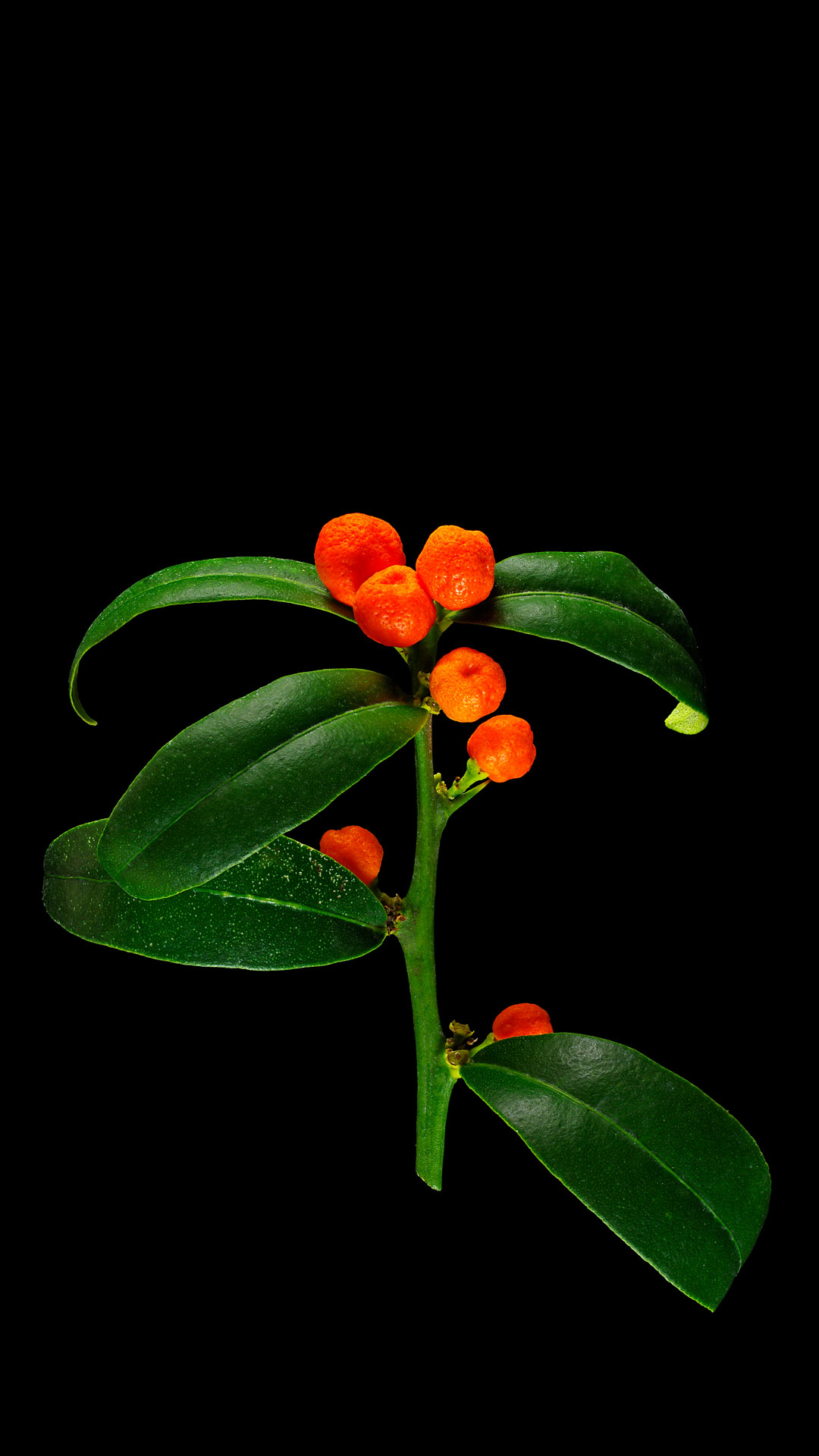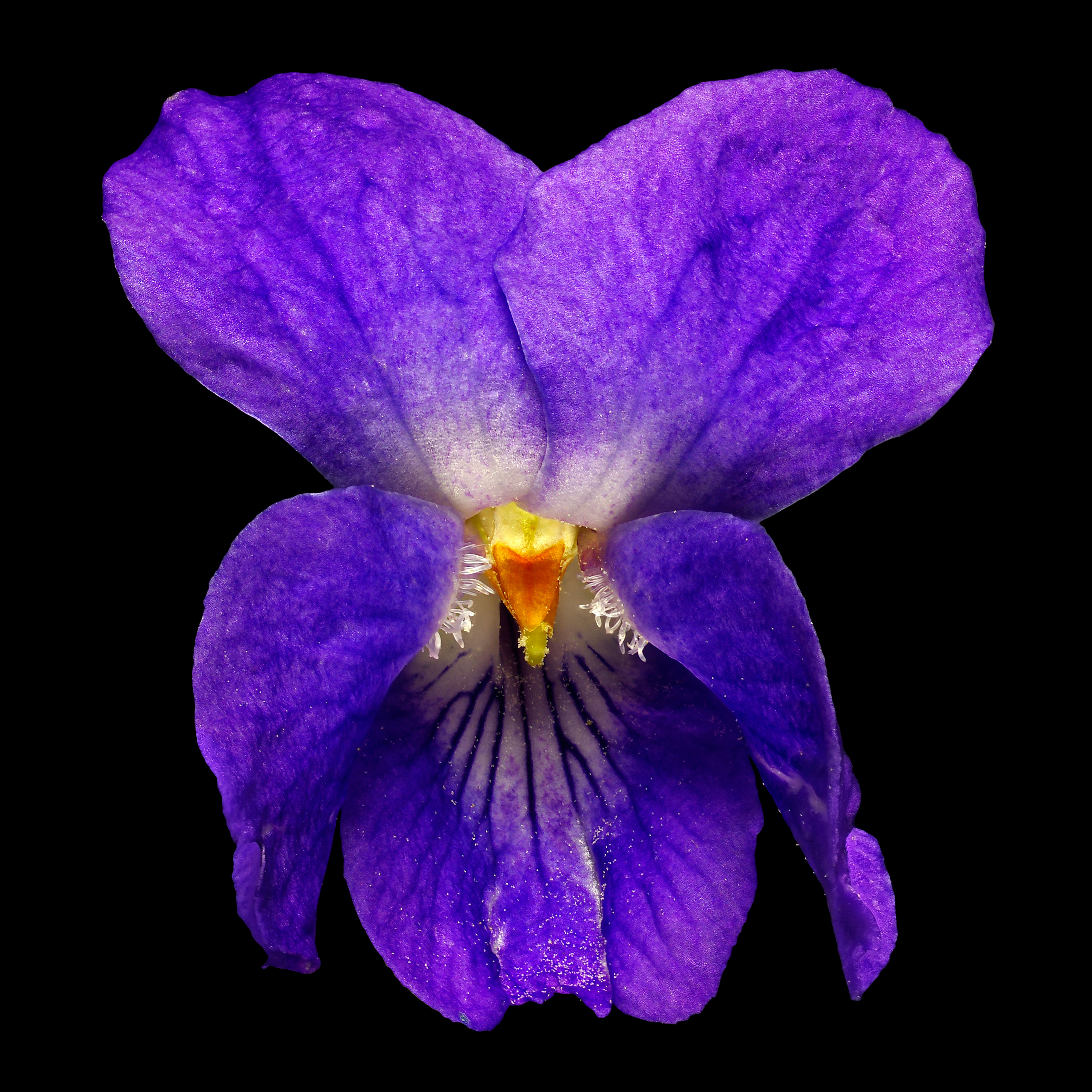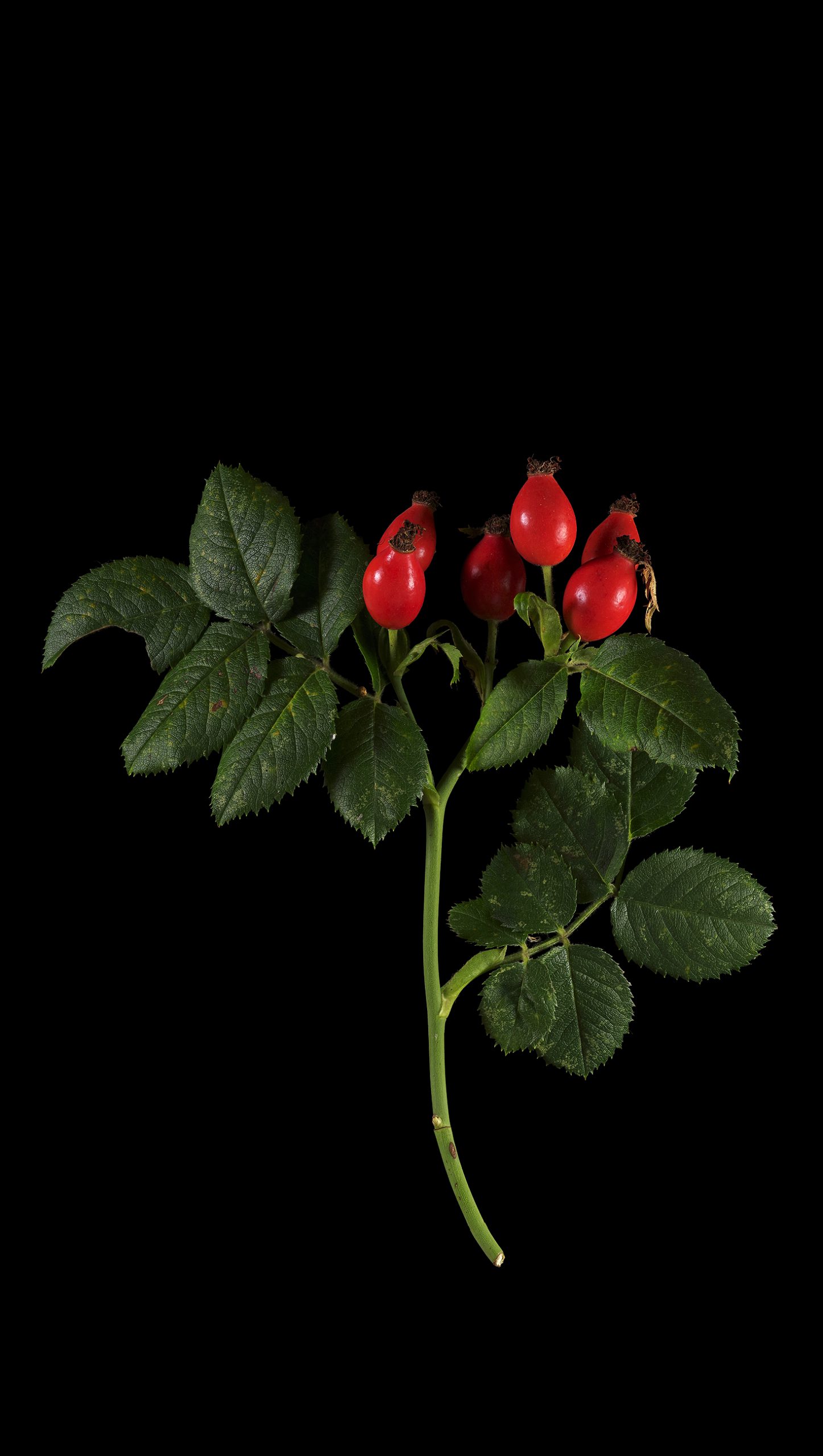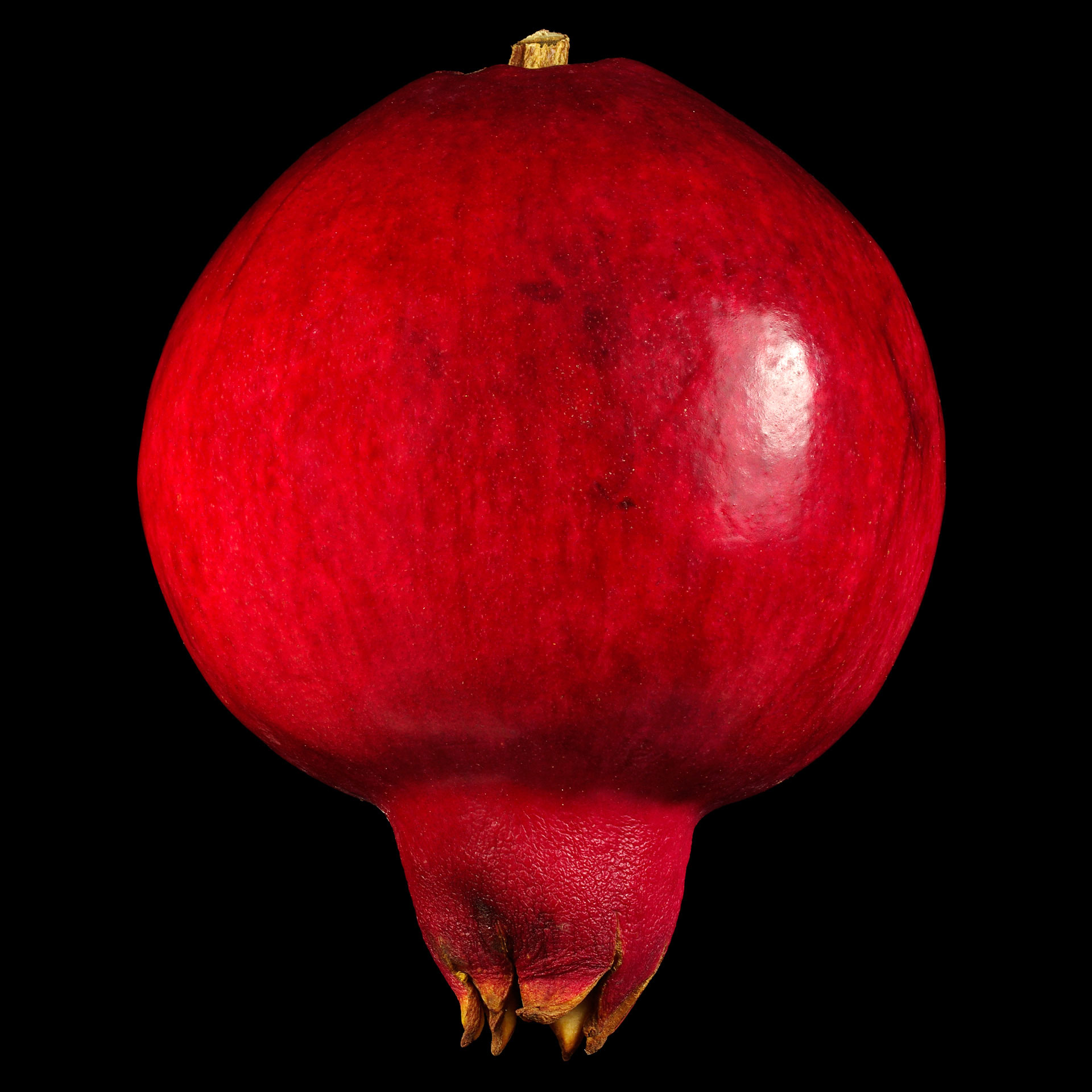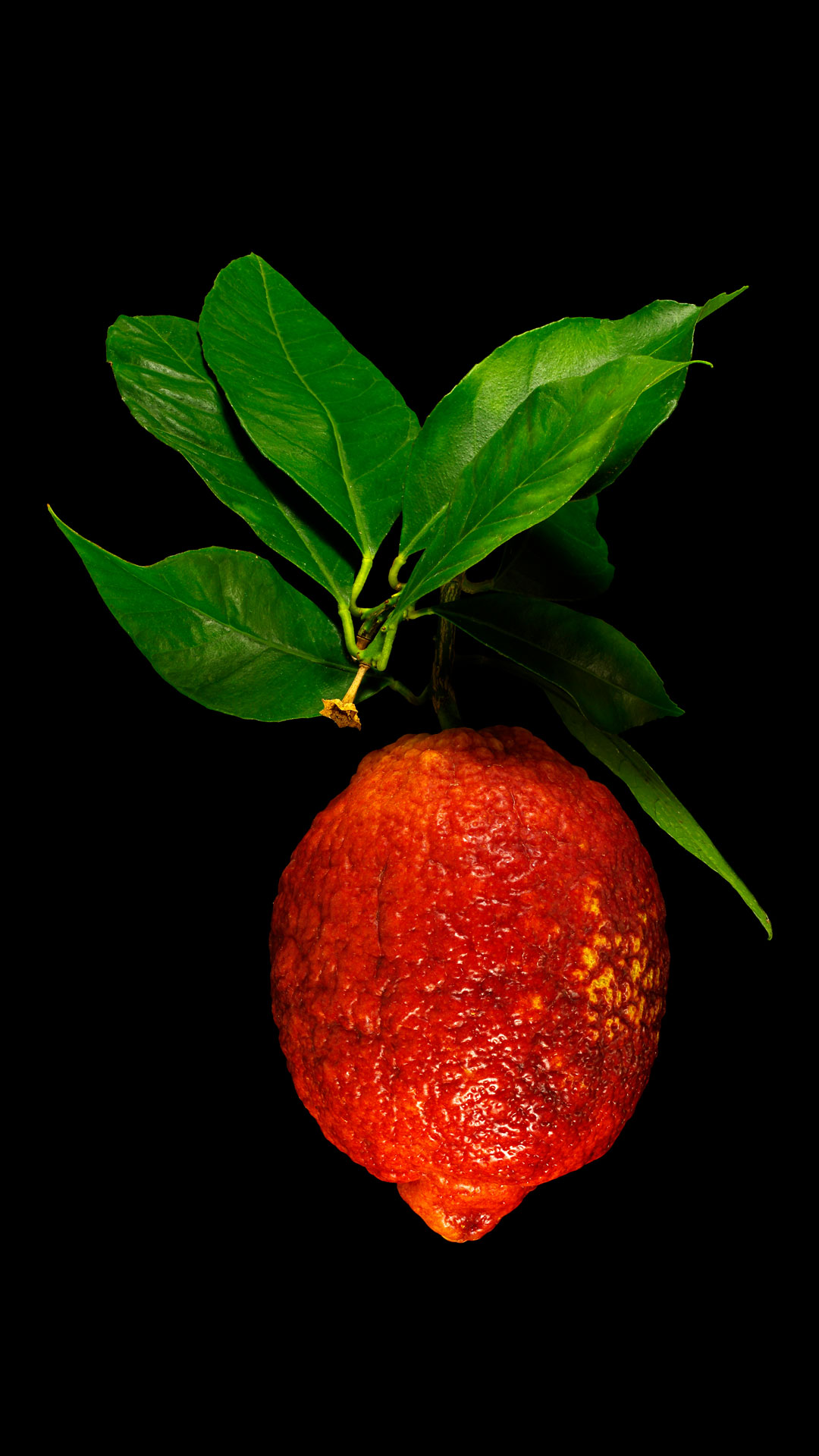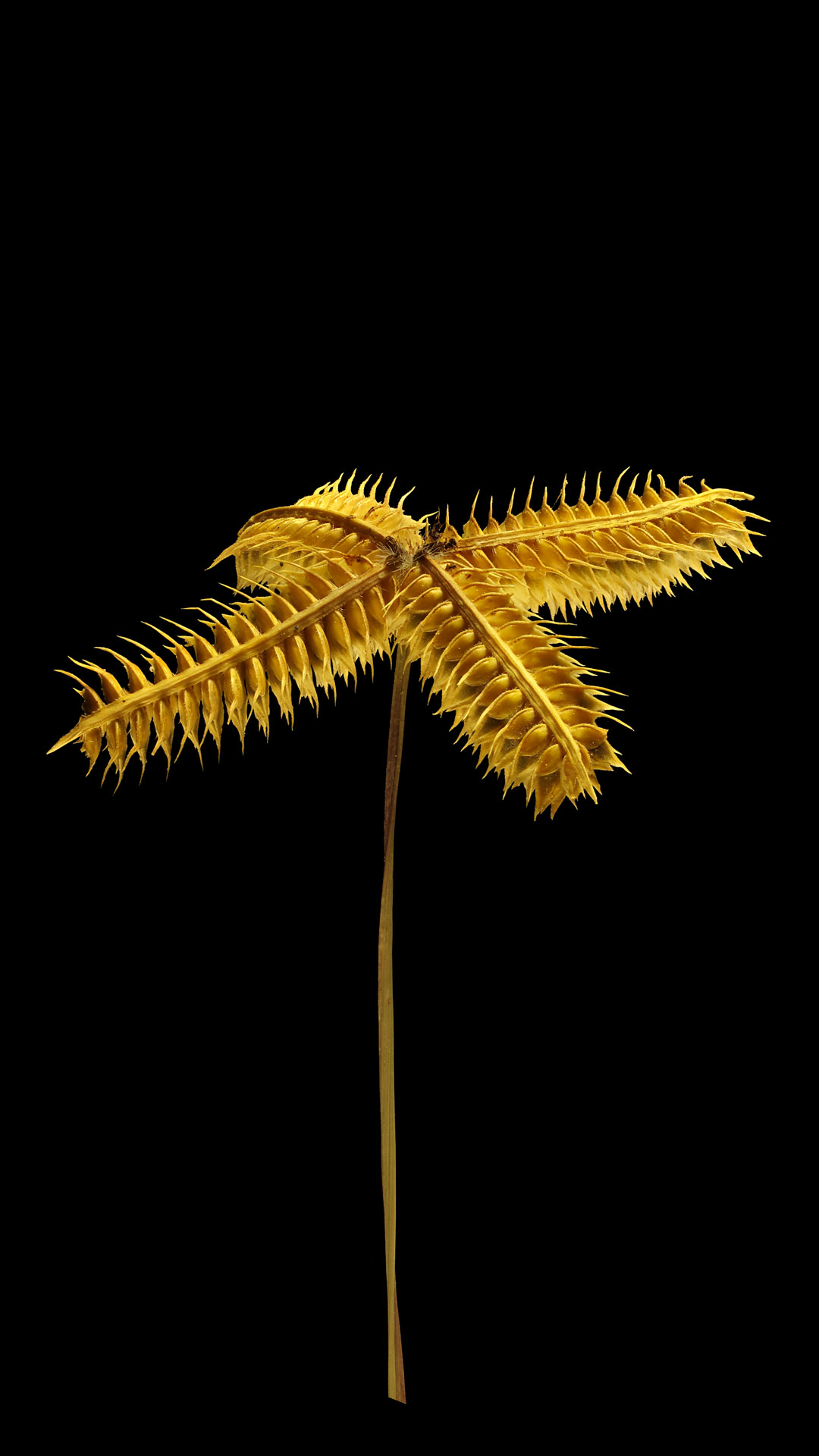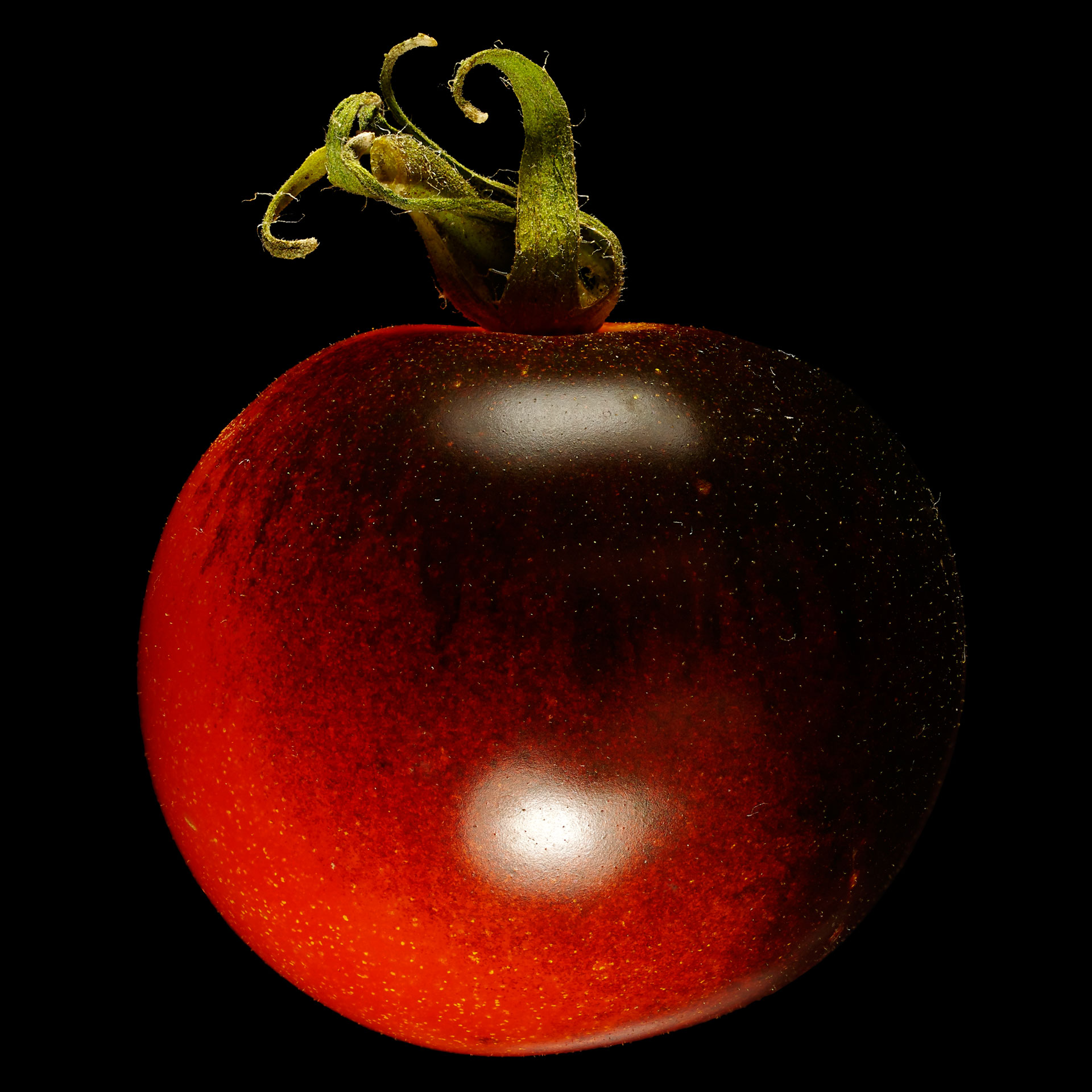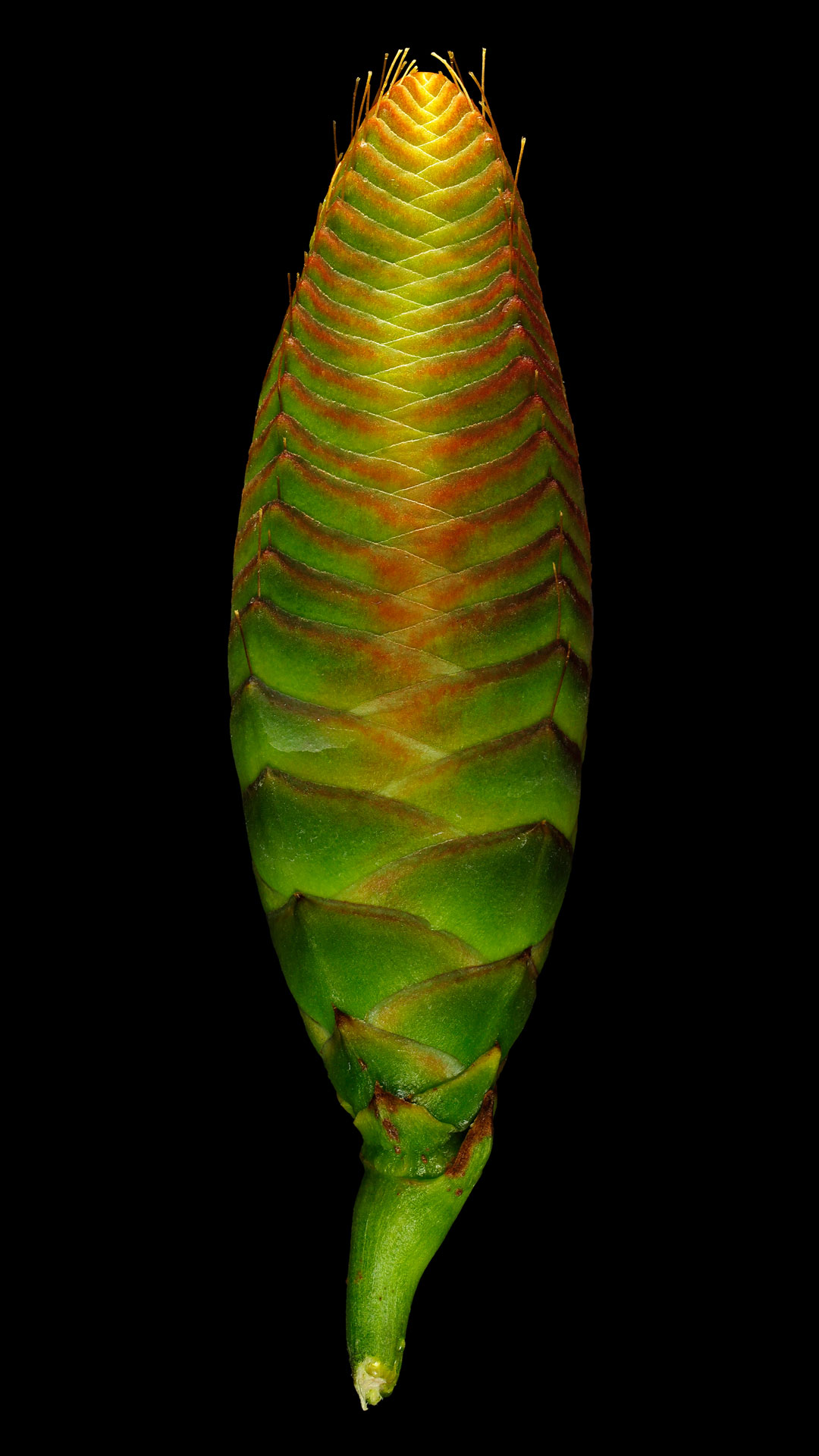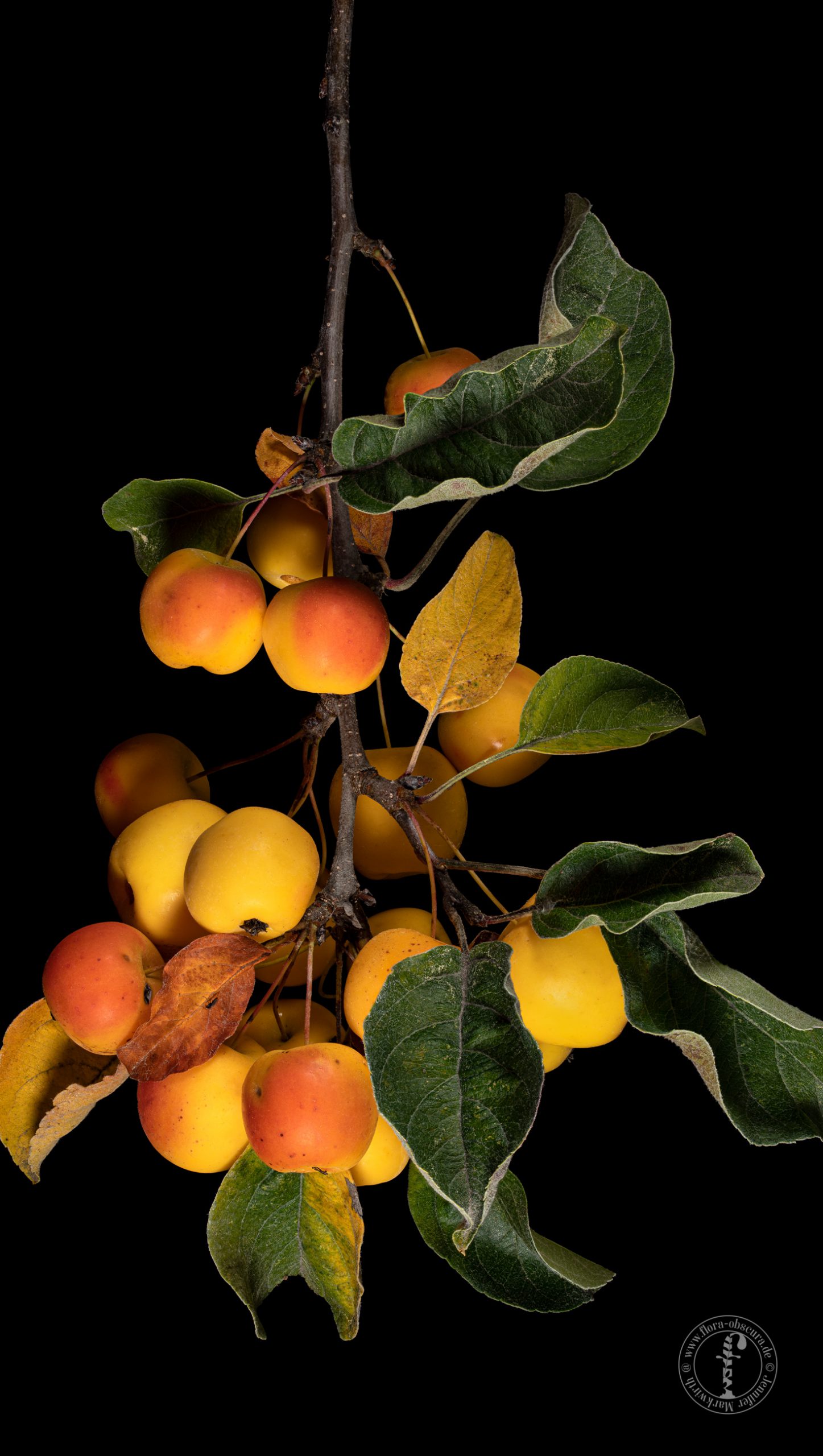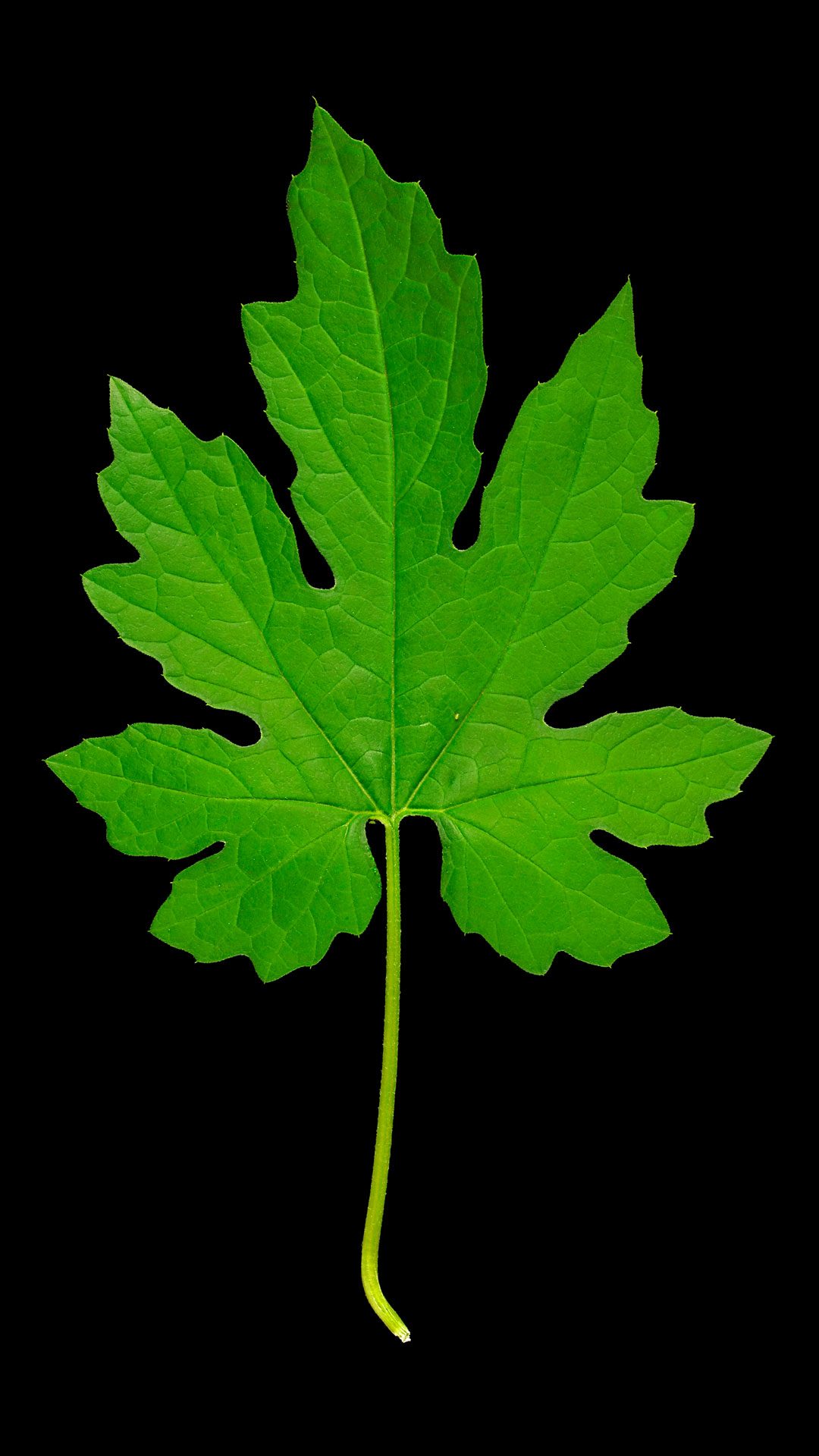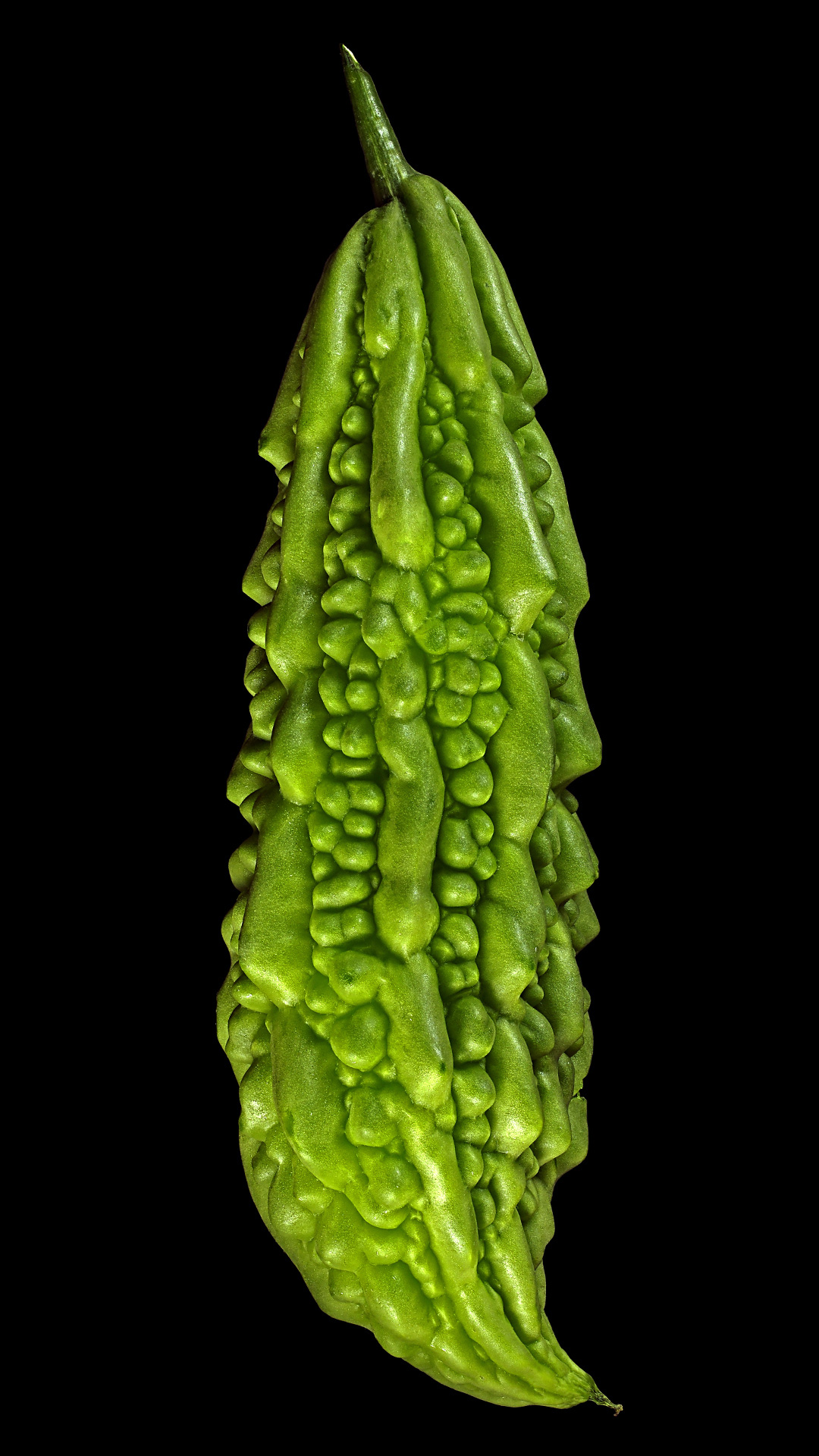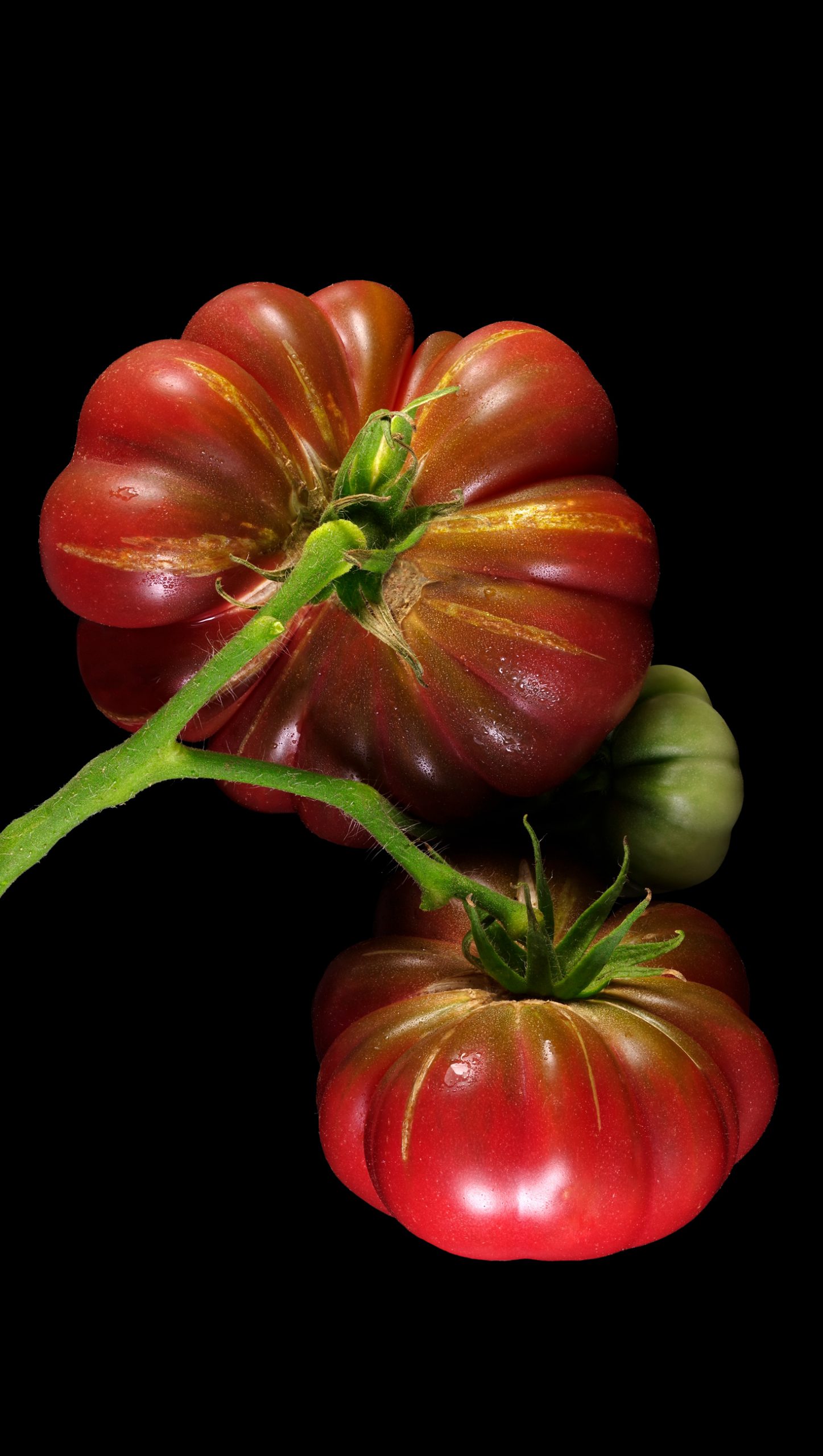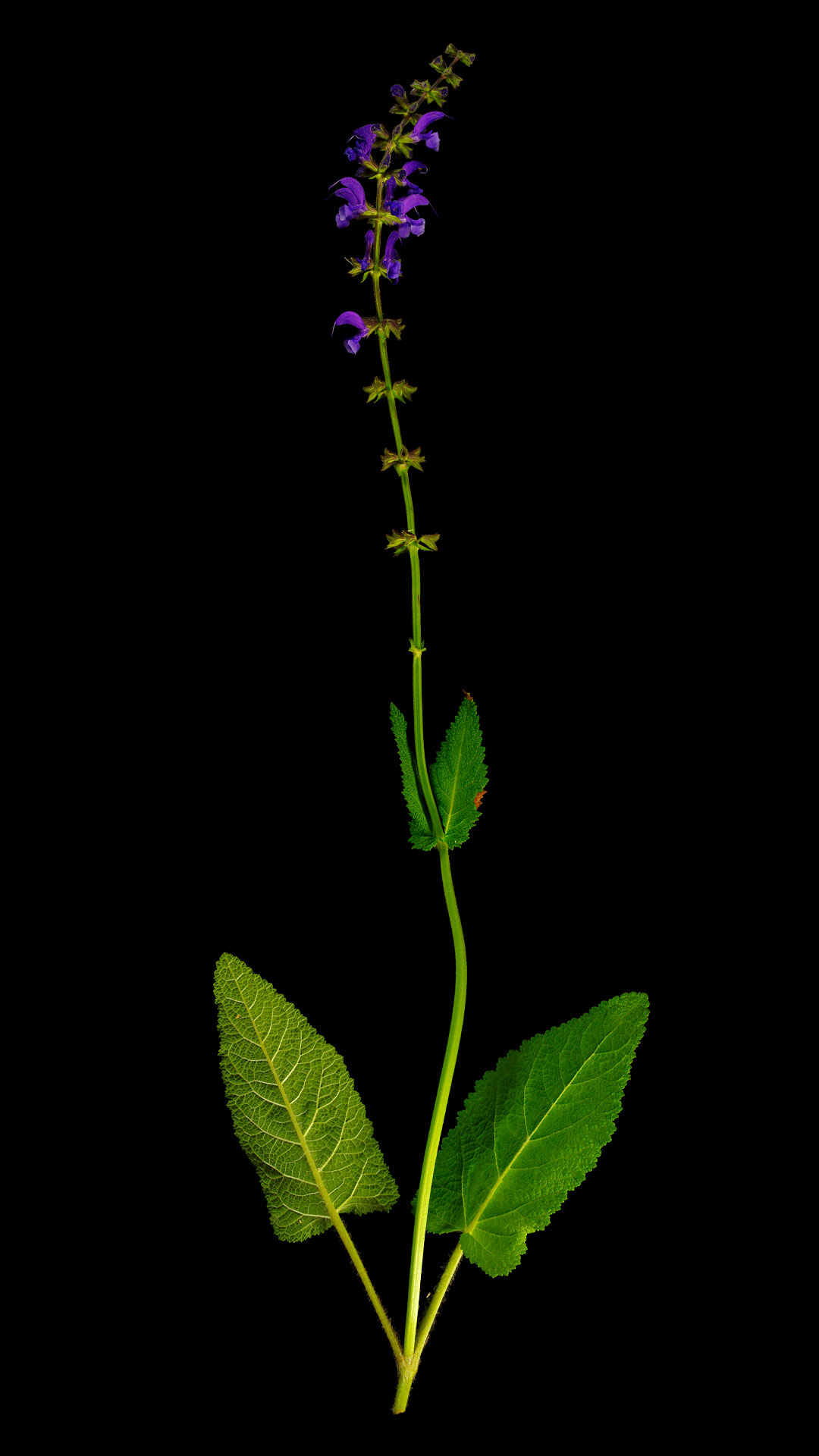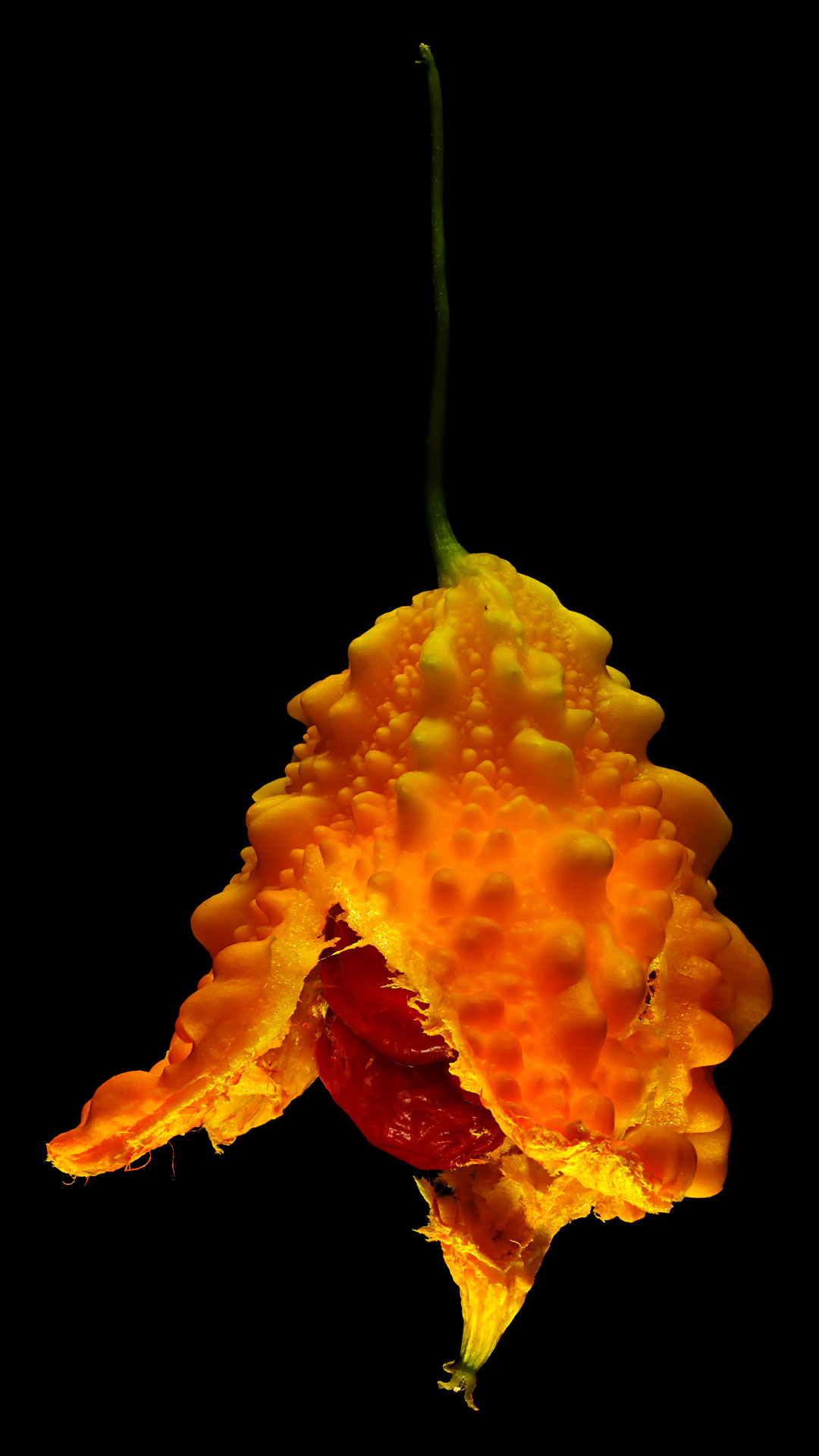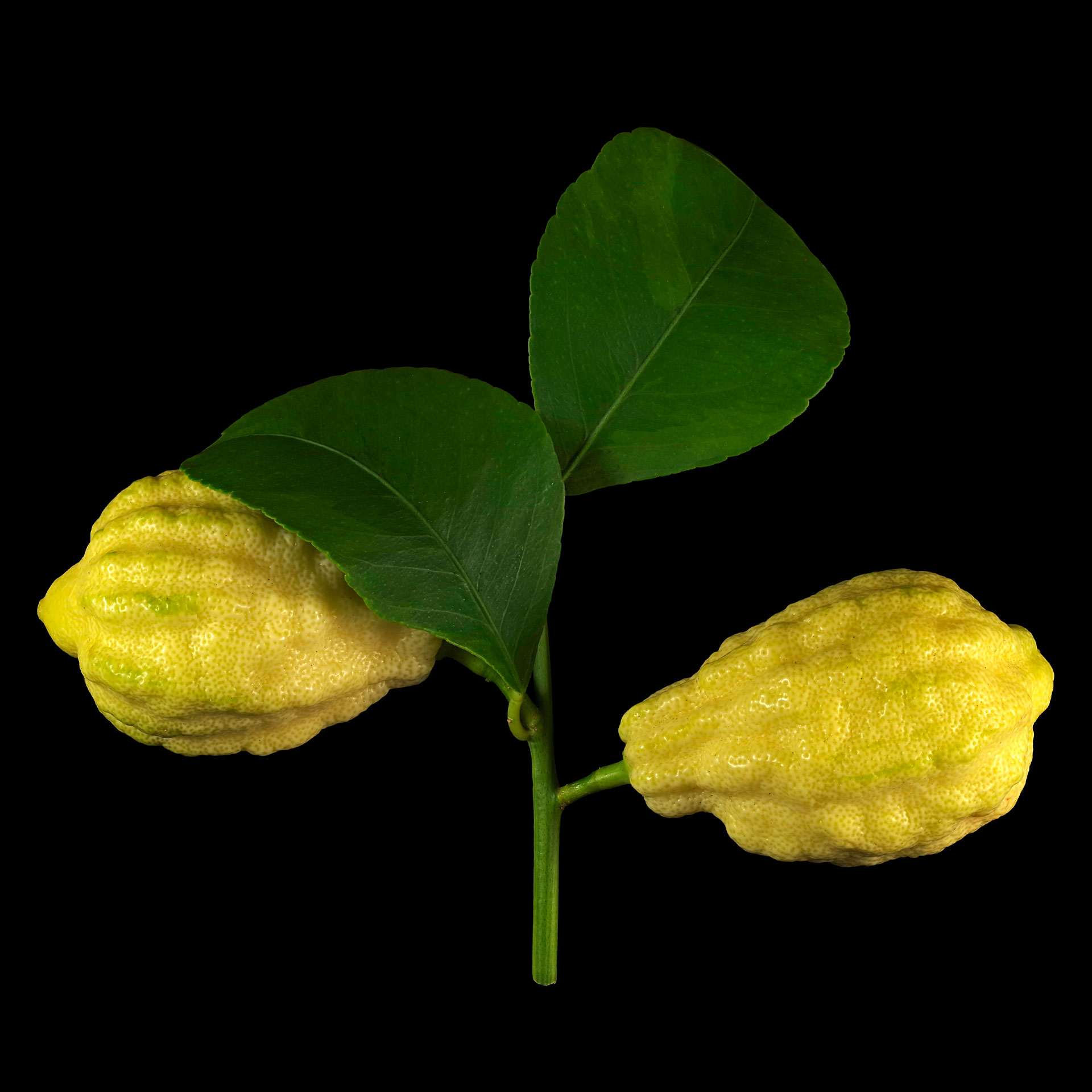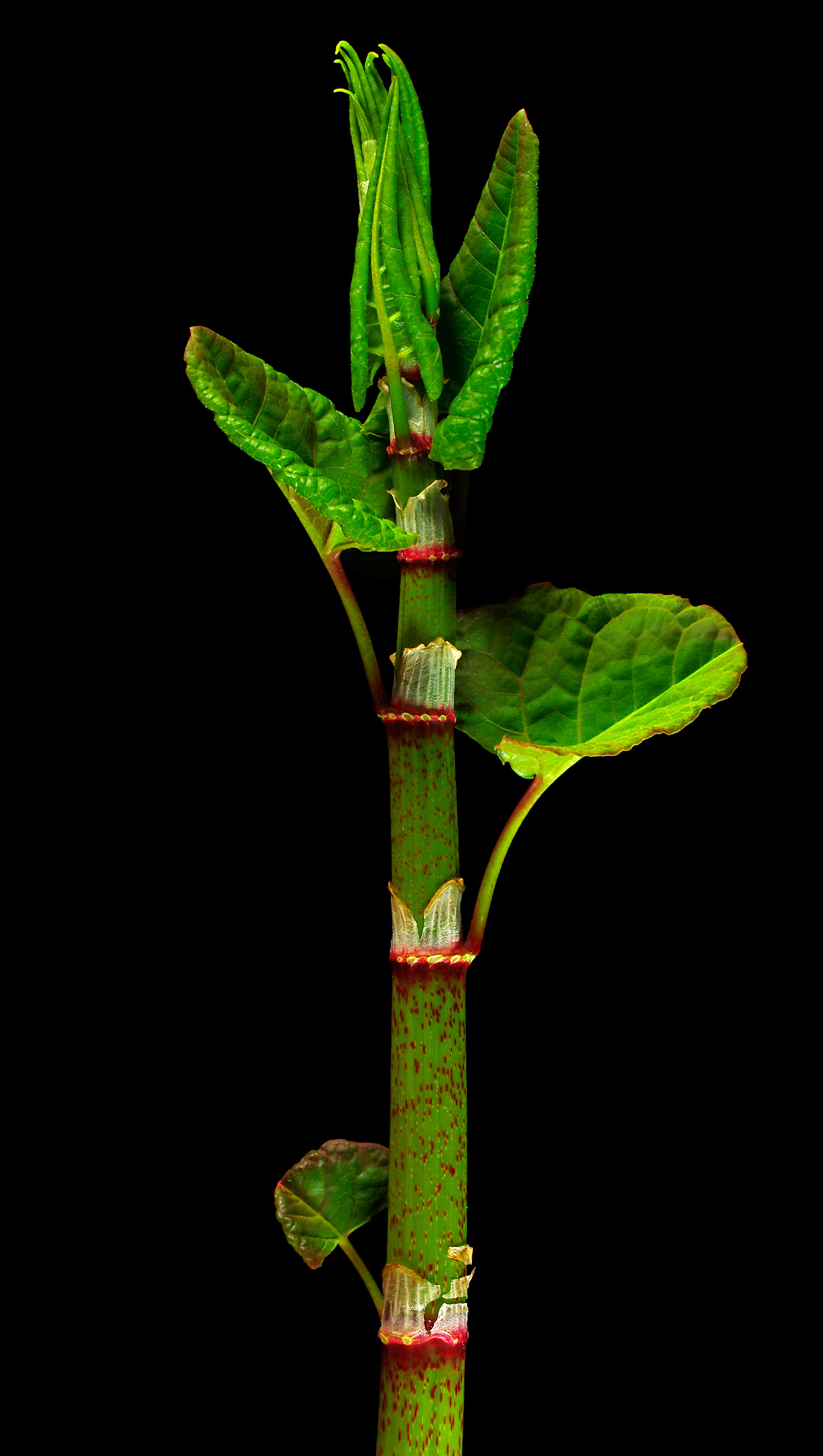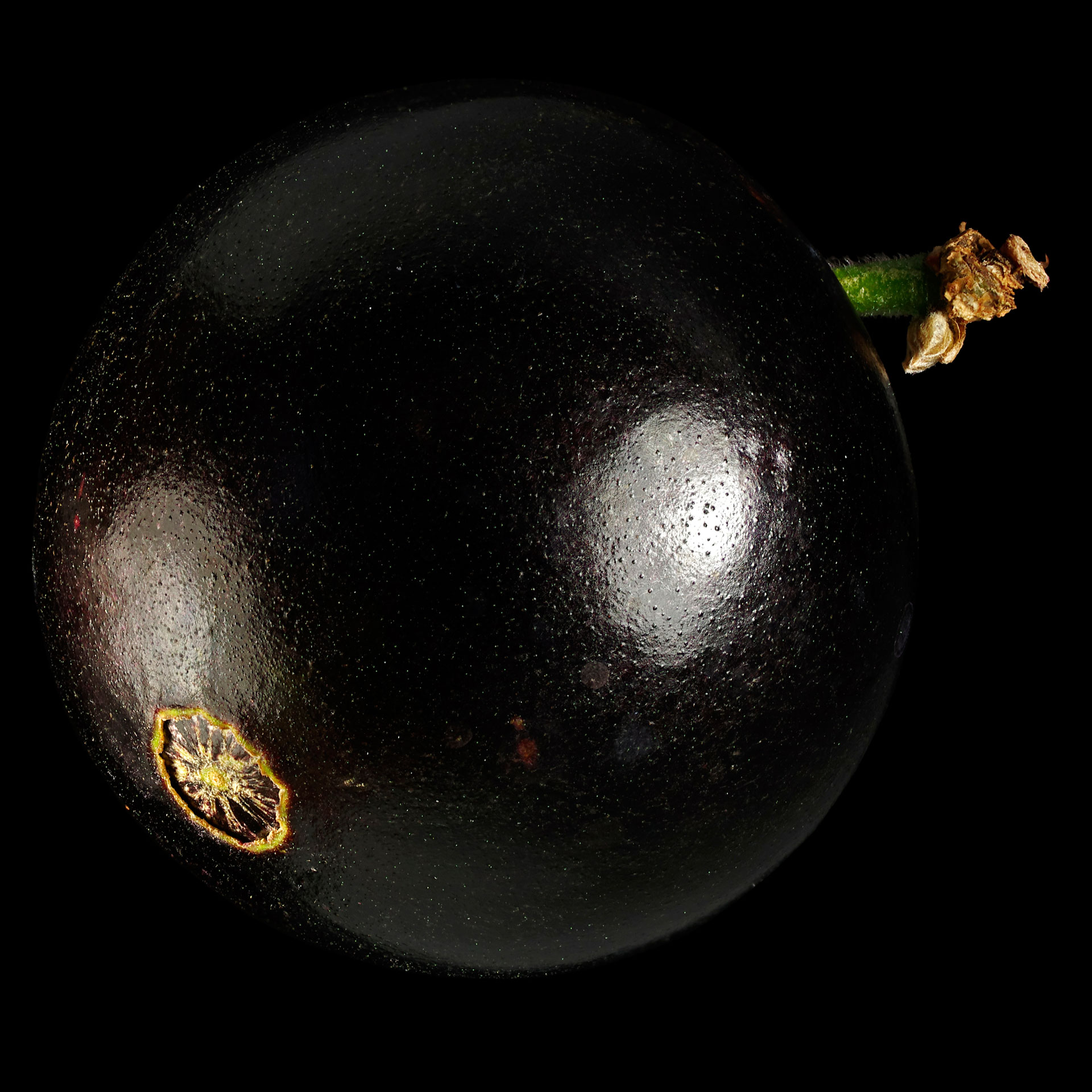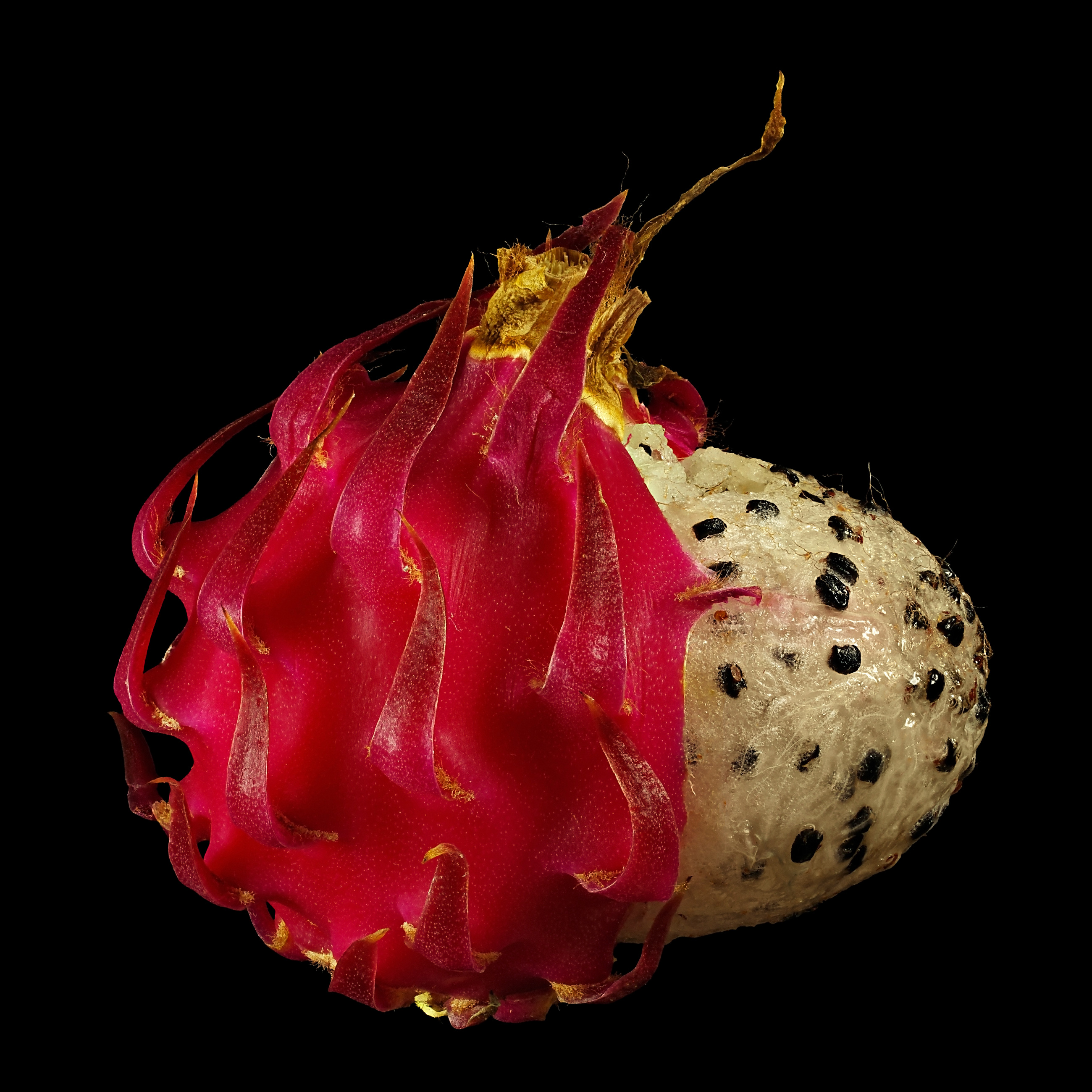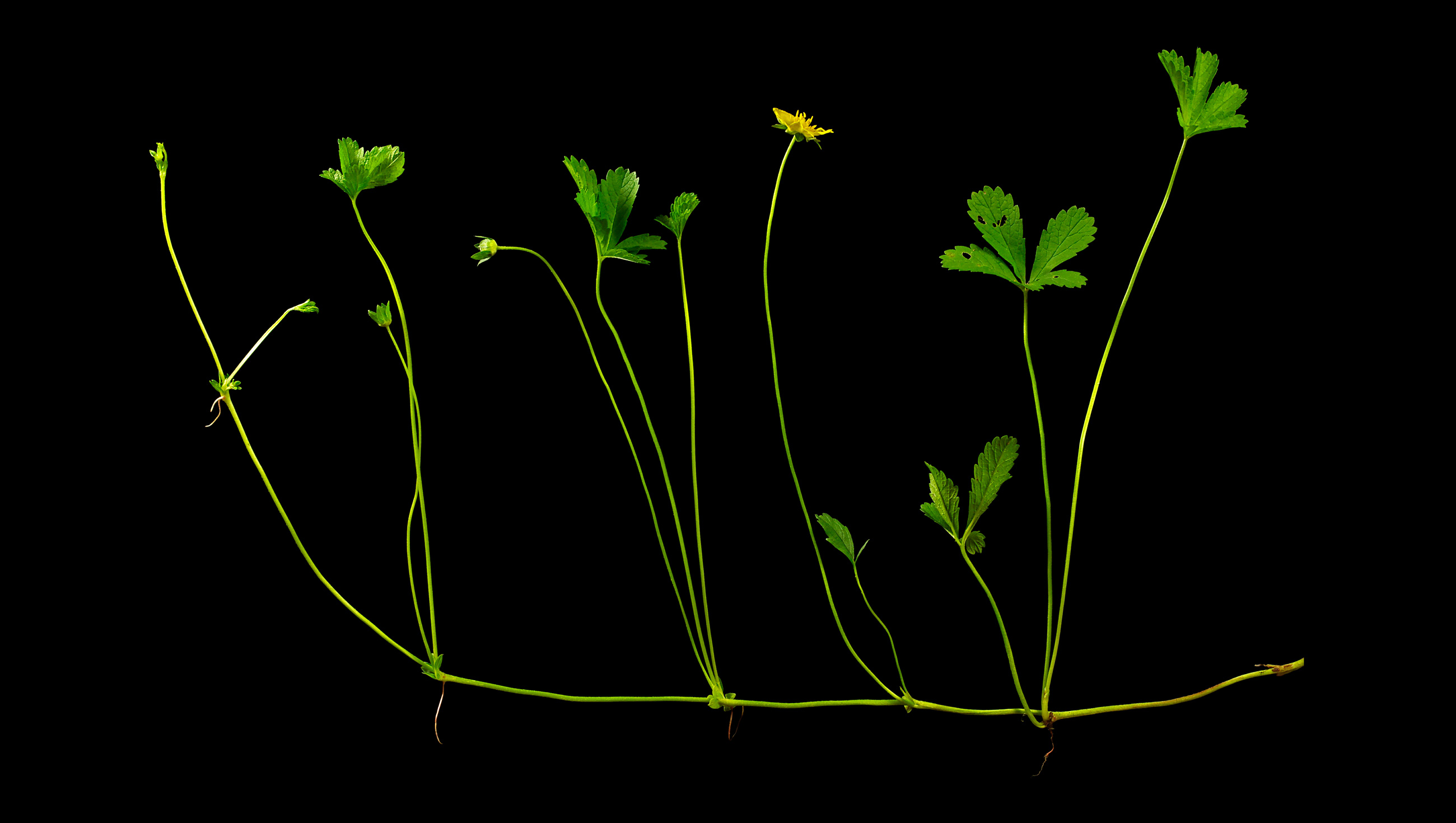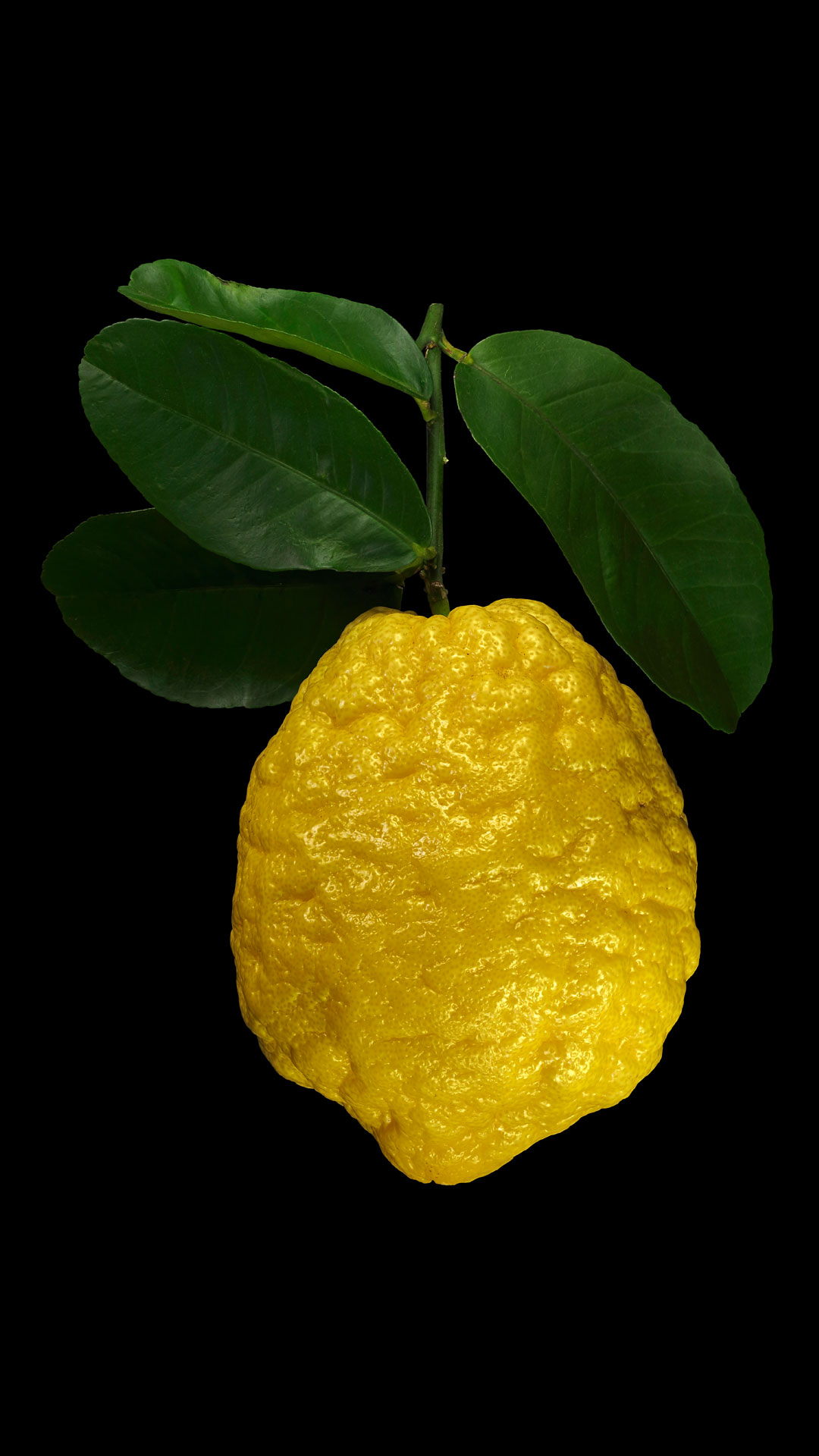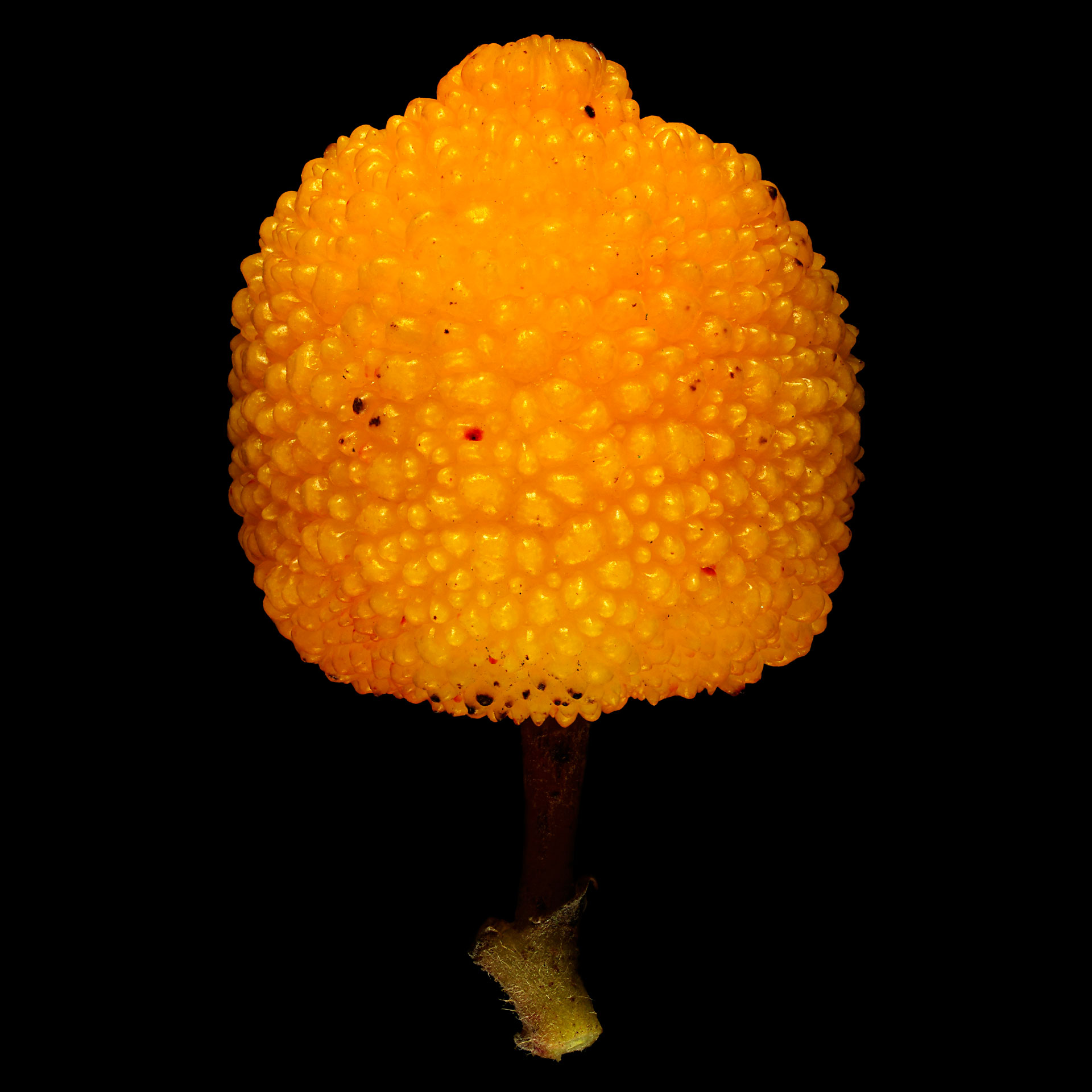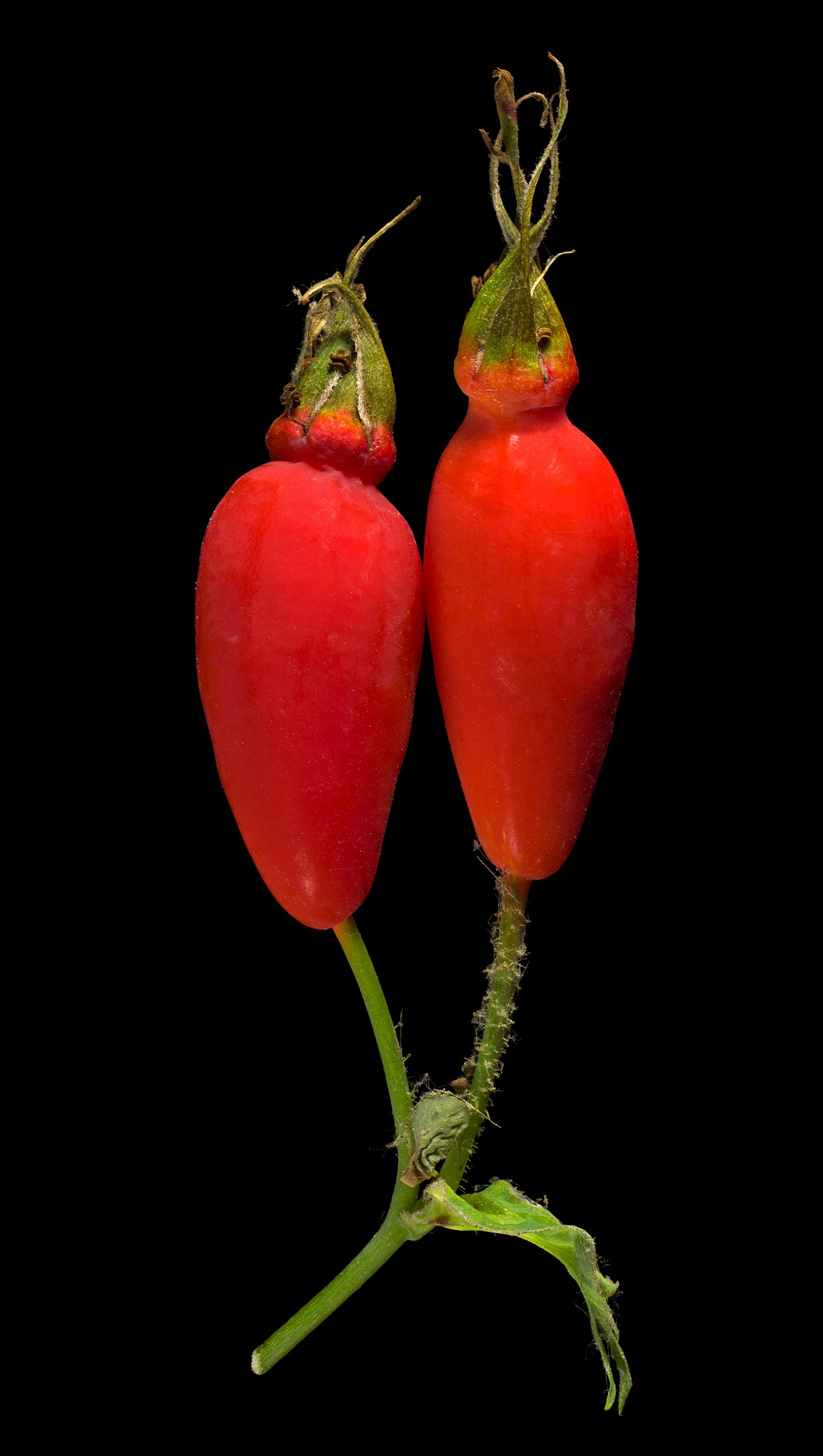Search Results for 2017
The small black seeds in the capules can be used as spices, they taste like a mixture of nutmeg and woodruff.
Cornelian cherries taste sweet, but also quite astringent when picked and eaten fresh from trees or hedges.
Brown gram: Vigna mungo (seeds) Used since ancient times The small, dark Brown Grams have been cultivated in India for 3000 to 4000 years. They are cooked in a whole, halved (separate cotyledons) or sprouted. Dried and processed into flour,
Contrary to the green colour, the Green Zebra tastes, like many other types of tomatoes, pleasantly sweet.
The entire plant of the ‘Elberta Girl’ tomato cultivar is covered with a fine, silvery fluff. The leaves are somewhat curly, the fruits are flamed. They are not very sweet, the flesh is of a rather mealy-soft consistency.
The smaller, thin-peeled fruits of Meyer lemon taste very intense and are not as sour as many other varieties. At the same time, they are very juicy.
Fruits and leaves of “Monk’s pepper” work as spices. Especially the hot tasting fruits can be used as a pepper substitute.
The unique taste compensates for the painstaking production of jelly and compote.
Green Luobo can be eaten raw and when cut into thin slices is a decorative addition to a salad.
The name “Amanatsu” means “Sweet Summer”. The sun-yellow fruit is about the size of an orange. In Japan iIt is eaten fresh or processed into jam, juice, ice cream, liqueur and wine.
As soon as the small fruits of pheasant berry are ripe and therefore dark brown and soft, they taste intensely like slightly burnt (bitter) caramel.
The Ligiri, native to East Asia, carries clusters of small berries that taste bitter and tangy. They can be eaten raw or cooked.
In addition to the small, dark black grams, the immature, green pods are also edible as fruit vegetables.
Pineapple tomatoes are one of the largest and heaviest tomato varieties. Individual fruits can weigh over 1 kg.
This red-fleshy variety with the reddish peel is very delicious!
The jelly palm has delicious orange fruits with a seed that looks and tastes like a mini coconut.
Ripe fruits of Beale’s barberry are edible raw or cooked and a jam can be prepared. Dried berries give muesli a fruity note.
The whole herb is used with flowers and stems, both fresh and dried. It goes very well with potato dishes and legumes.
The leaves taste like a mixture of caraway, mint and lemon.
×Secalotricum is a fertile hybrid of male wheat (Triticum) and female rye (Secale). This grain is also described in its baking properties as a mixture of both.
Oaxacan Green dent corn is an old, green maize variety with very large cobs that was cultivated by the Zapotec Indians of Mexico in the province of Oaxaca.
The Pear lemon is a Lumia cultivar and therefore a hybrid of Pomelo, Lemon and Citron.
The plant with the beautiful name “fish mint” has a quite unique, strong taste, which certainly not everyone likes.
The fruit ripens throughout the summer and into the autumn. It has a firm flesh and is mainly processed into tomato paste and canned food.
The unripe legume of the Leadtree are particularly appreciated in Southeast Asian cuisine, although the plant originally comes from Central America.
Miracle berry has a unique effect on our sense of taste: it superimposes taste impressions in a way that everything is perceived as being sweet.
Beef tomatoes are mainly used for cooking, they can be filled and baked or used in stews and sauces. Tomatoes are even suitable for jams – alone or mixed with other fruits.
The cross section shows that ripe fruits of this variety no longer contain fruit juice.
The leaves can be eaten raw or cooked as leaf vegetables such as spinach. The black-brown seeds can be used as pseudocerals.
This dark popcorn bears comparatively many small cobs with small, round grains. These are almost black, with a blue-green shimmer.
The approximately 1 cm small fruits of the Hong Kong kumquat are the smallest citrus fruits in the world. In principle, they are edible, but they have little to offer because there is almost no flesh.
Together with extracts of other flowers, violets form the basis of the violet liqueur “Parfait Amour”.
Rosehips can be used to make fruit tea and Hagebuttenmark.
Pomegranate juice is obtained from these fruits, which is then processed into pomegranate wine and grenadine.
The fruits will probably only turn beautiful red when exposed to sufficient cold, otherwise they can remain yellow and look like ordinary lemons.
The numerous, tiny seeds are collected wildly in times of food scarcity, slightly roasted and ground into a flour from which a thin meal soup or porridge can be prepared.
Pearl millet is processed into millet gruel or flour, which is usually eaten as flatbread. Beer can be brewed from this crop.
Indigo rose tomato belongs to the rather small-fruited varieties and can be eaten directly from the shrub.
Welwitschia is not a real food plant, but in emergency situations (getting lost in the Namib desert) the core in the flower axis can be eaten raw or roasted.
This crab apple can be used in a similar way to most mealy and low acid apples, but above all it can be eaten fresh from the tree.
Mainly, the bizarre fruits of the bitter melon are used, but the leaves are also edible…
Boiled, fried or filled and baked, the immature fruits are very appreciated because of their bitterness.
The purple calabash tastes sweet and very aromatic, as one would otherwise expect from the much smaller cocktail tomatoes.
The leaves of the meadow sage are used like the common sage, but they are milder.
The red tissue, which encloses the poisonous seeds, tastes very sweet.
The value of the furrowed lemon does not lie in their yield, they are more regarded as ornamental fruits. Nevertheless, this variety is edible like common lemons: as lemonade, jam and much more.
As long as they are very tender and have barely broke through the soil, the shoots can be prepared as bleached vegetables such as asparagus. Aboveground shoots can be eaten like rhubarb as long as they are not too woody.
The black skin is tough and tastes astringent, but the white, firm flesh inside is sweet and reminds of a grape or gooseberry in taste.
This berry of Harrisia pomanensis is not only visually reminiscent of pitayas, but also in taste and consistency.
Finely chopped, creeping cinquefoil is suitable as a seasoning herb in salads or dried in herbal salt. In summer the fresh flowers can be used as edible decoration.
This huge citrons have little pulp and a thick peel (the white albedo), which is usually candied and added as “succade” to pastry.
The fruits of the childing orange are “pregnant” with another fruit: in the interior grows a smaller fruit, along with a peel.
The local people like the fruits directly from the shrub, but they can also be processed to confectionery and fruit schnapps.
North American natives made tea from the leaves and also ate them as a salad. The inner bark was smoked like tobacco.



